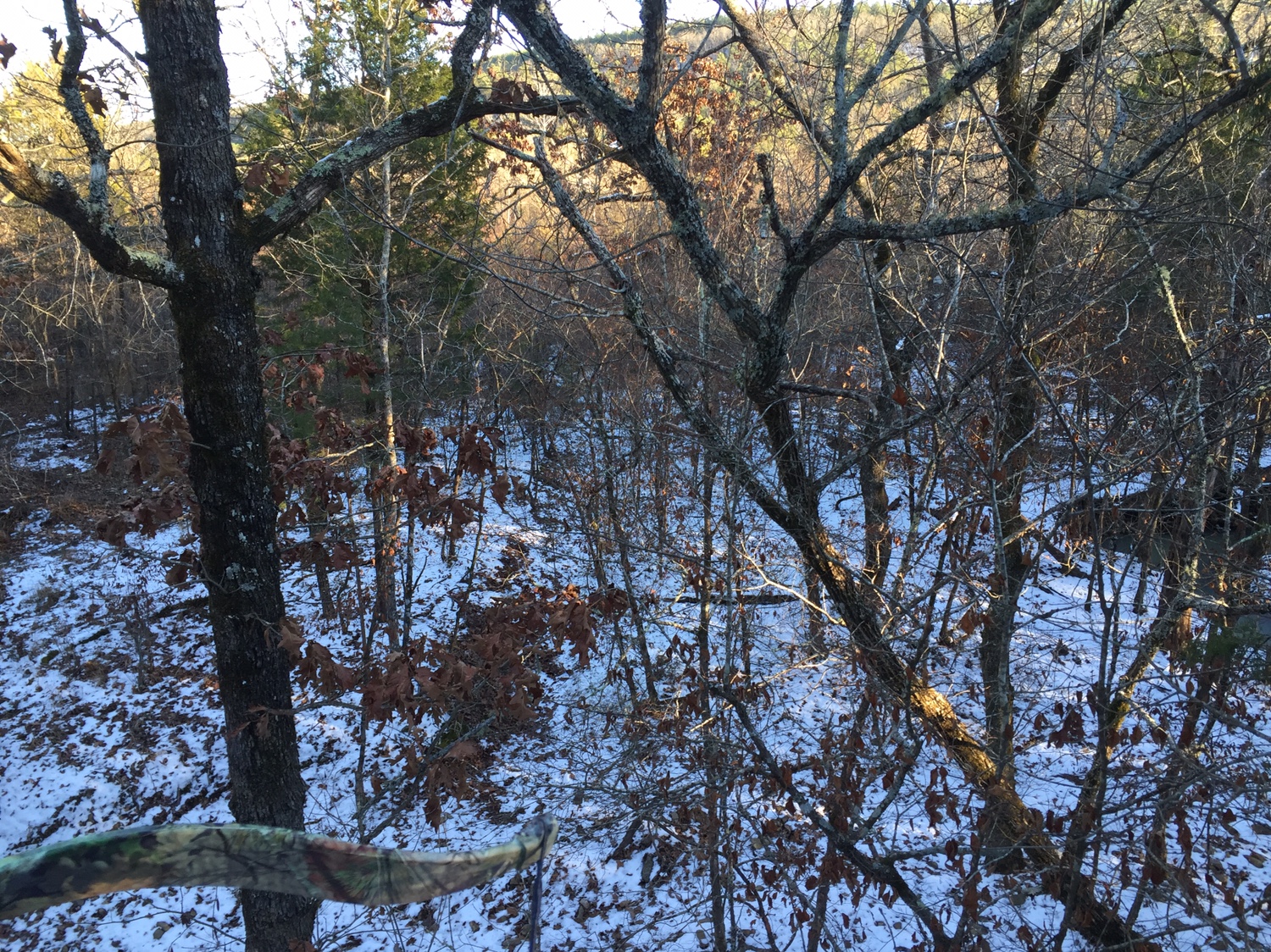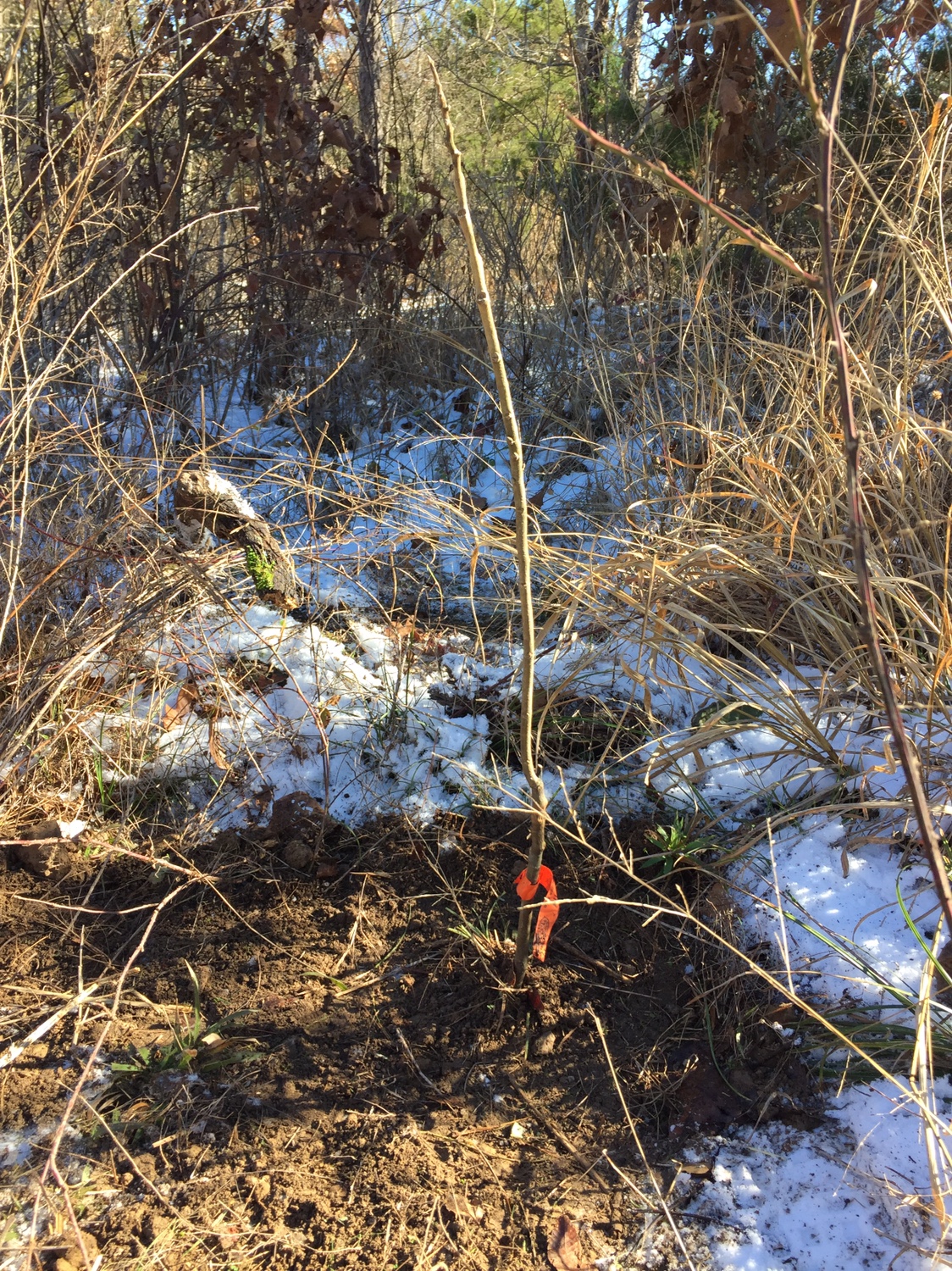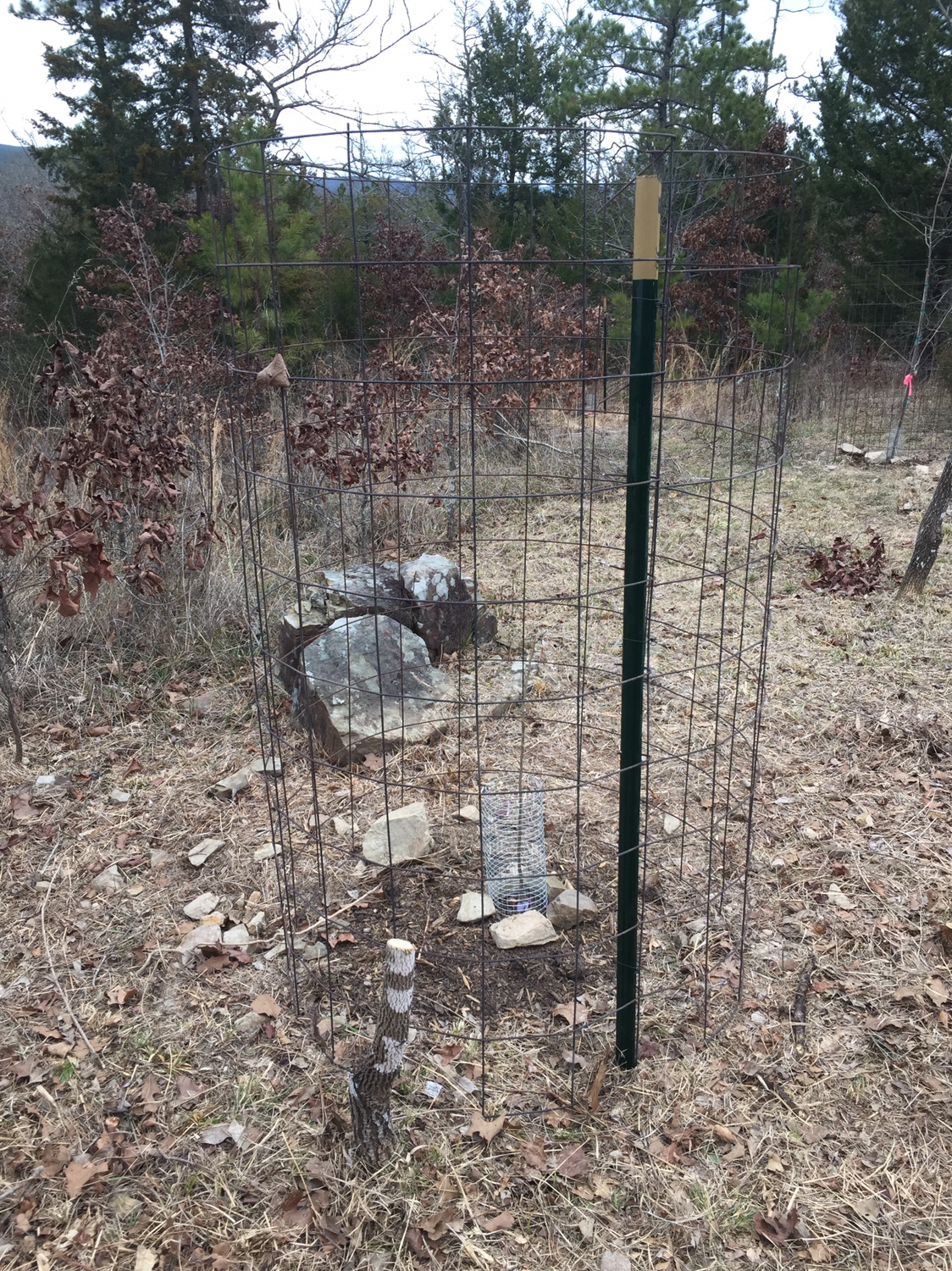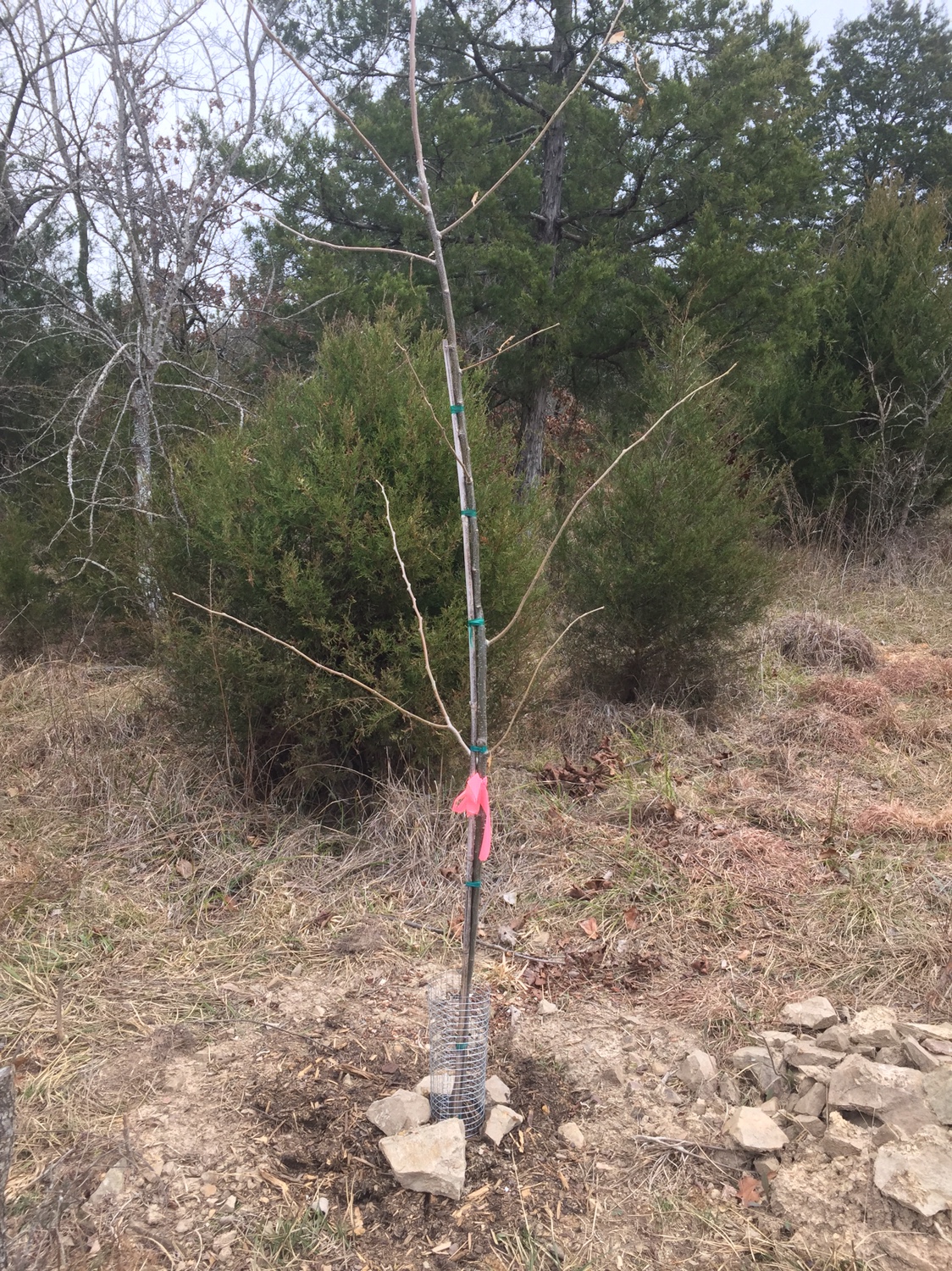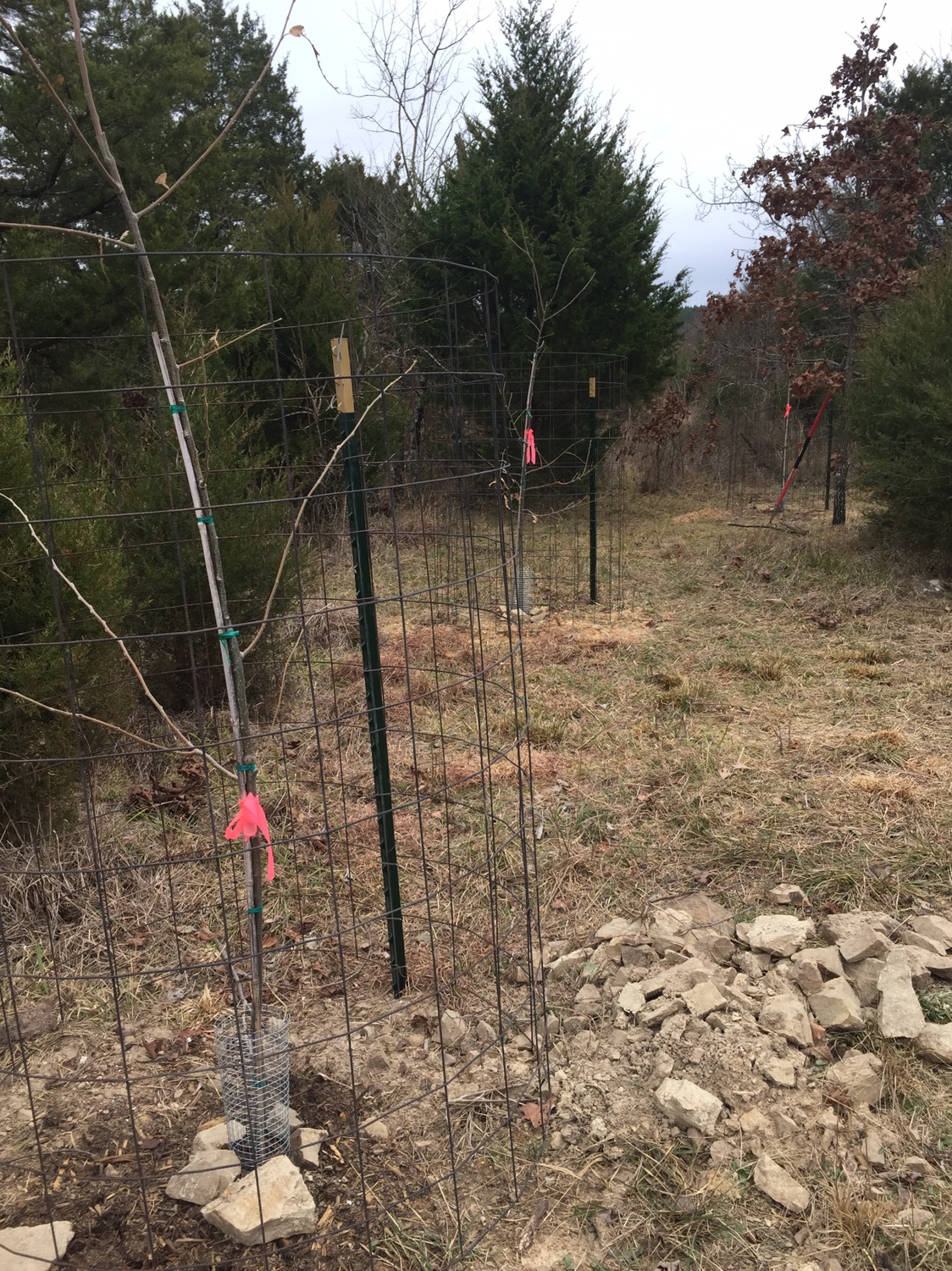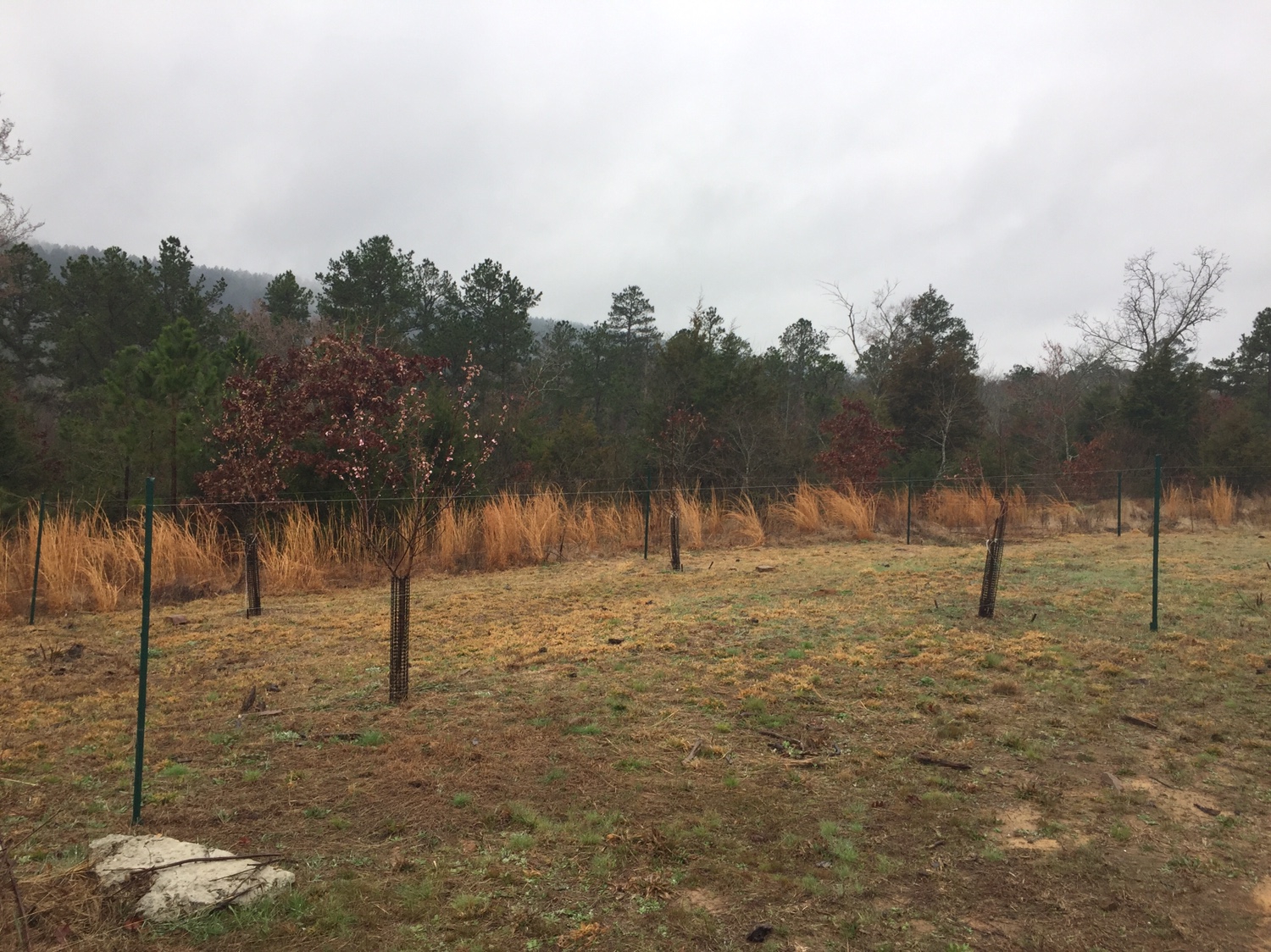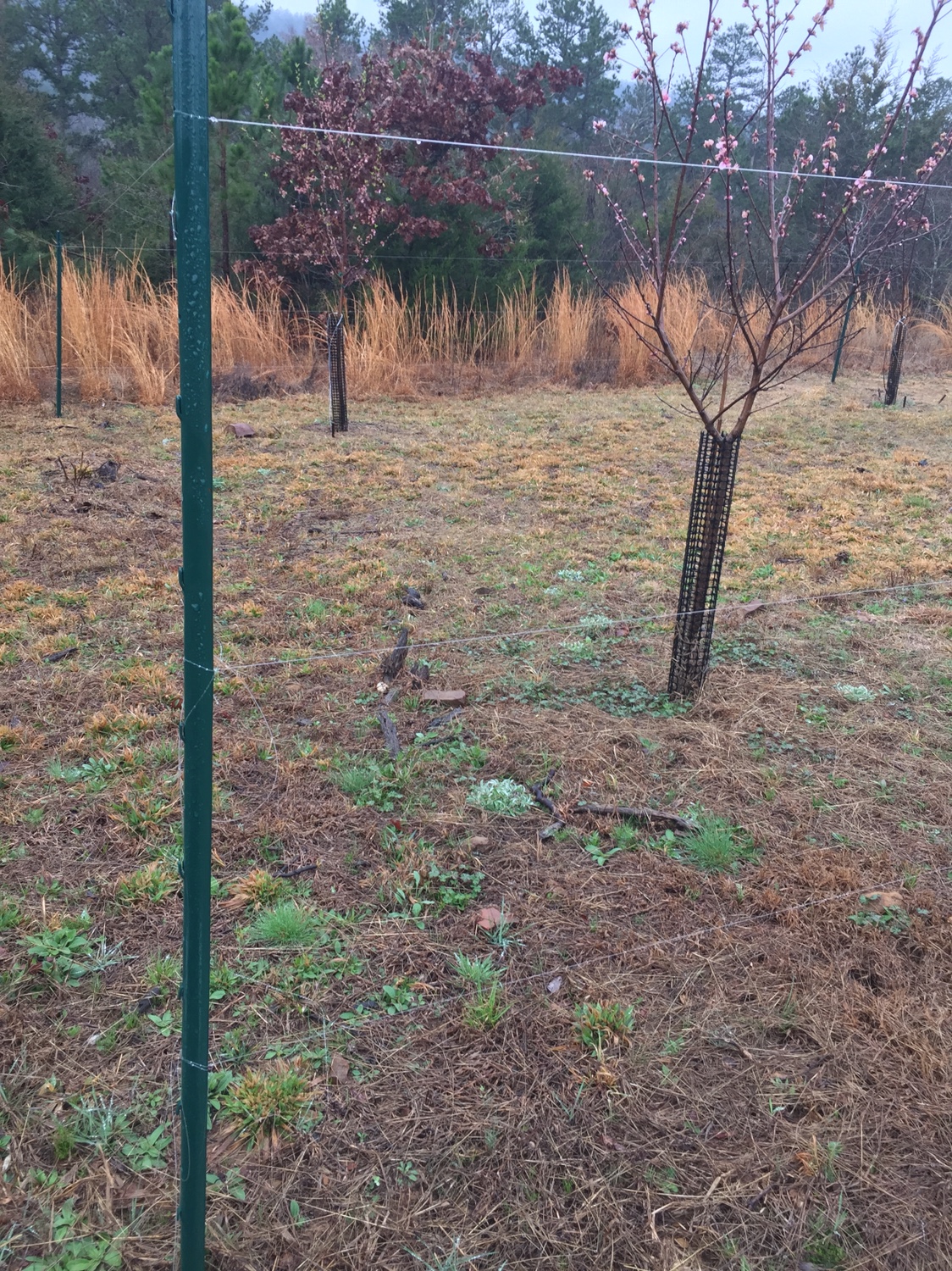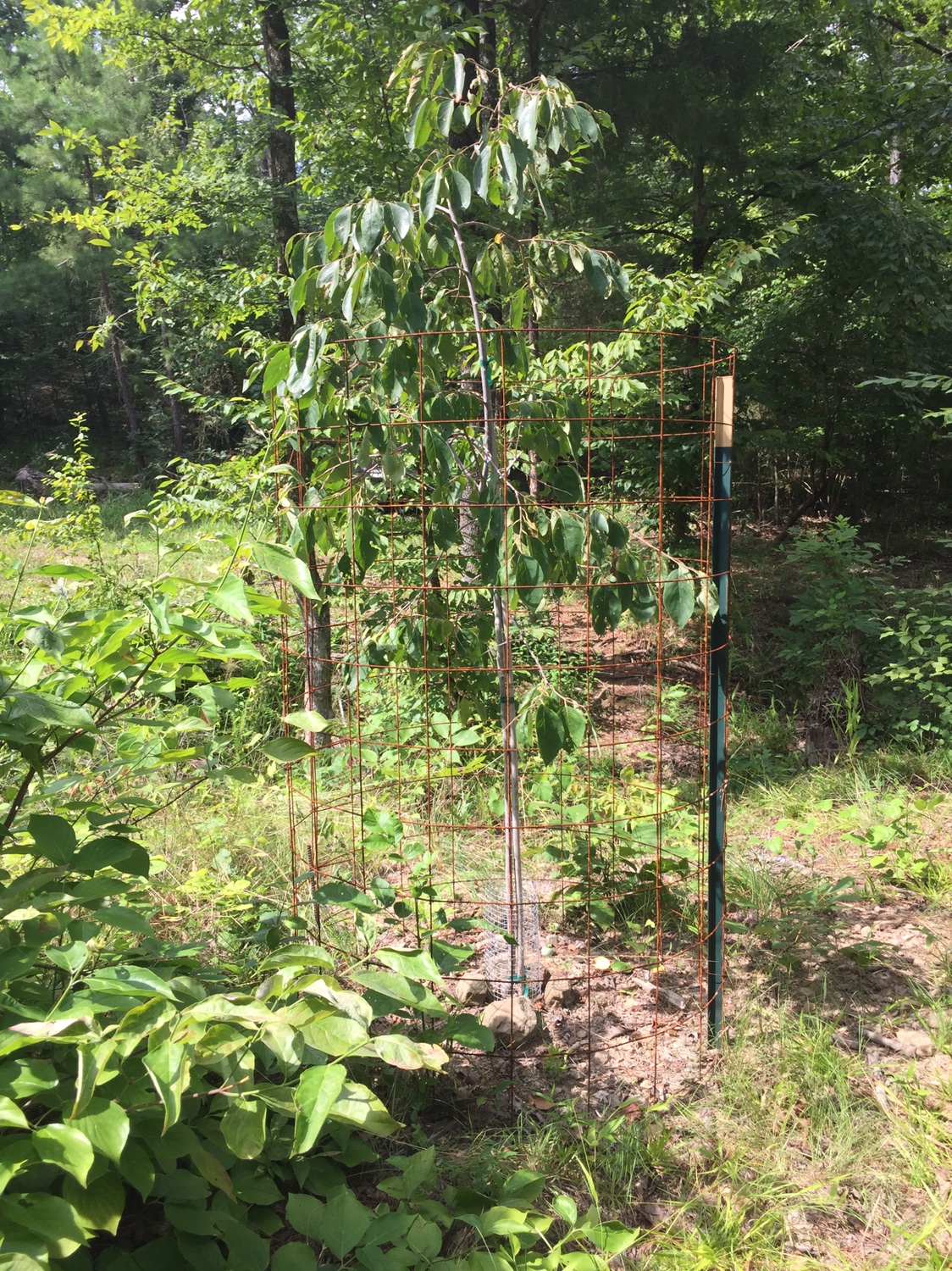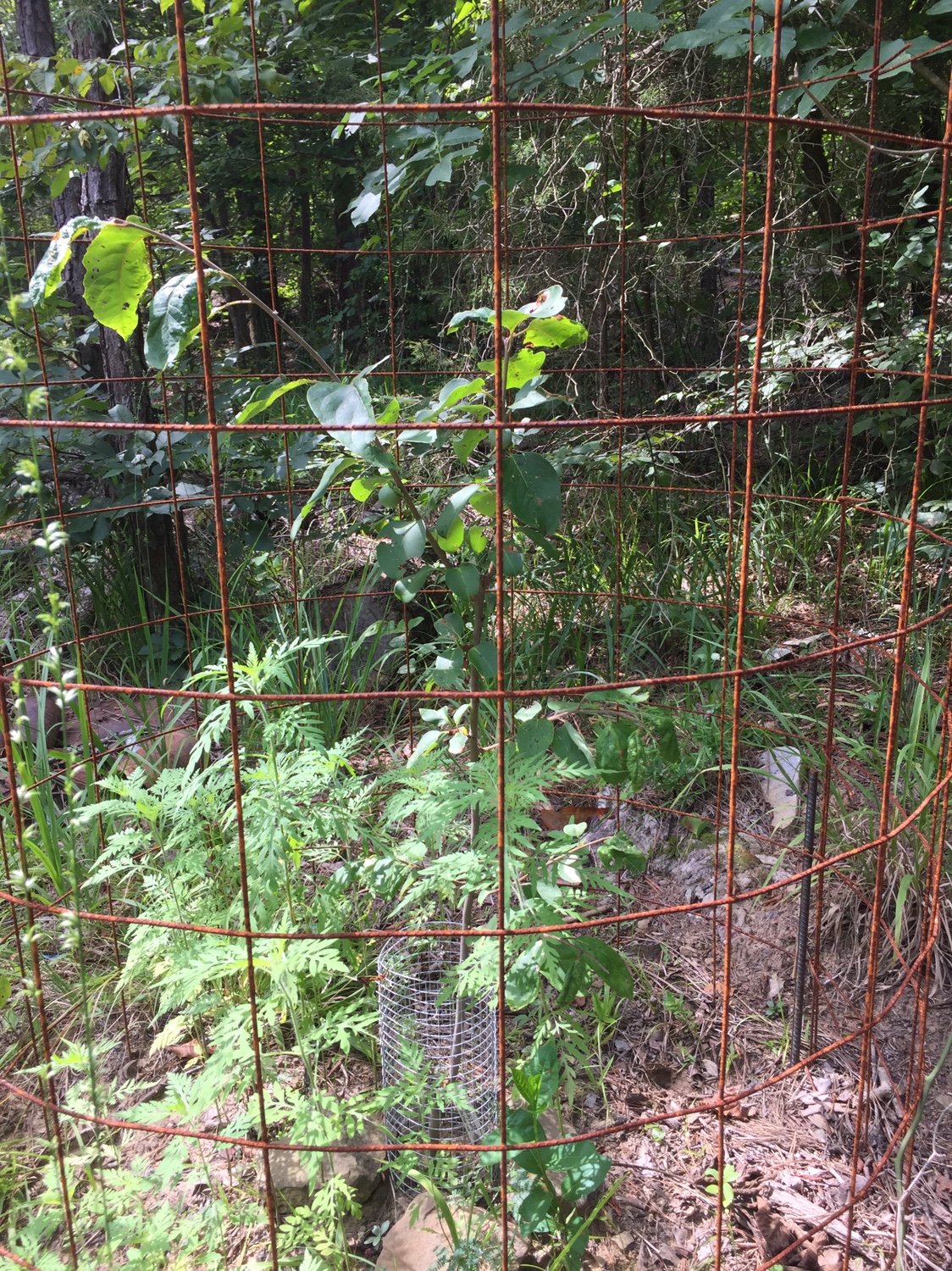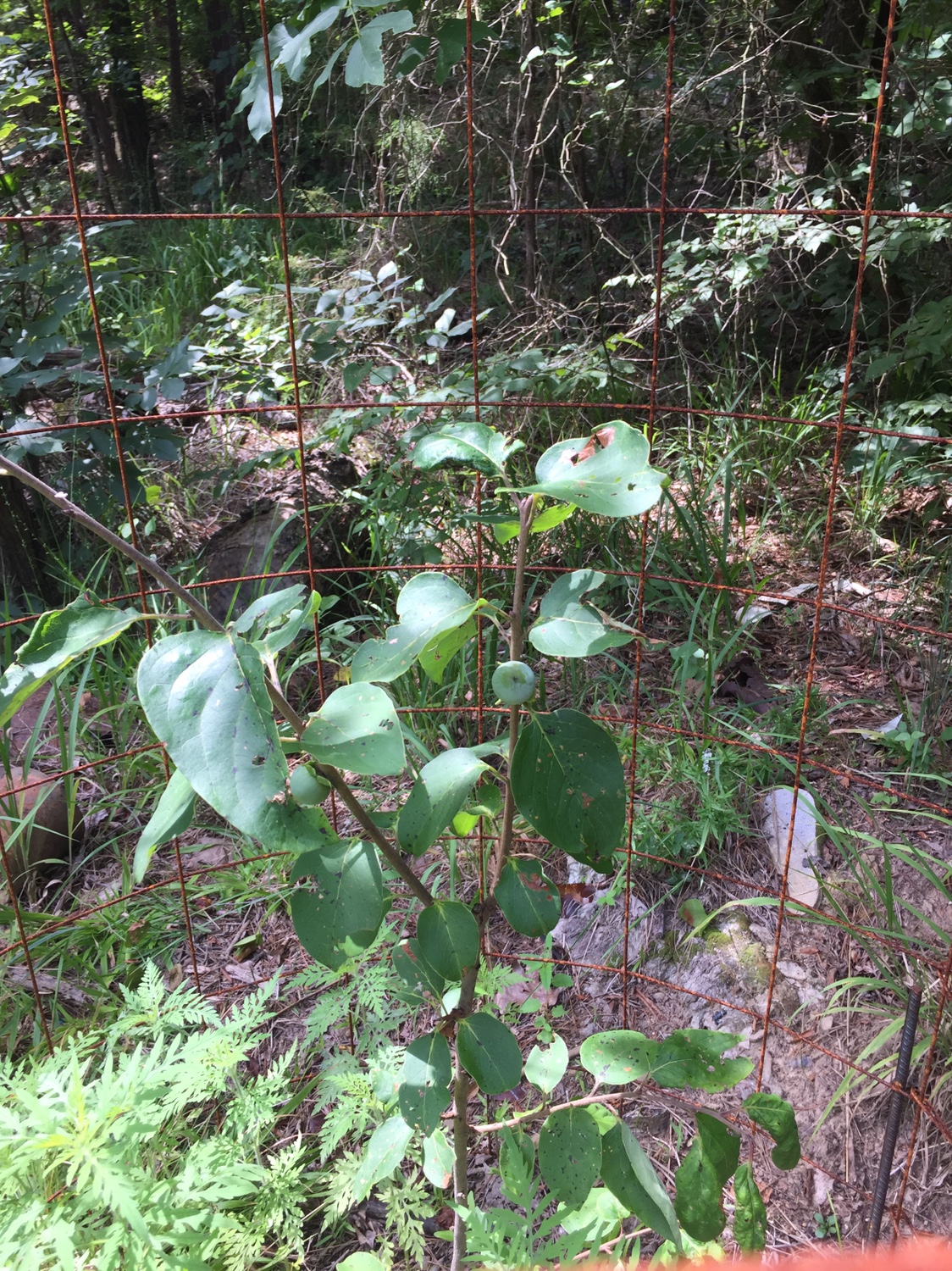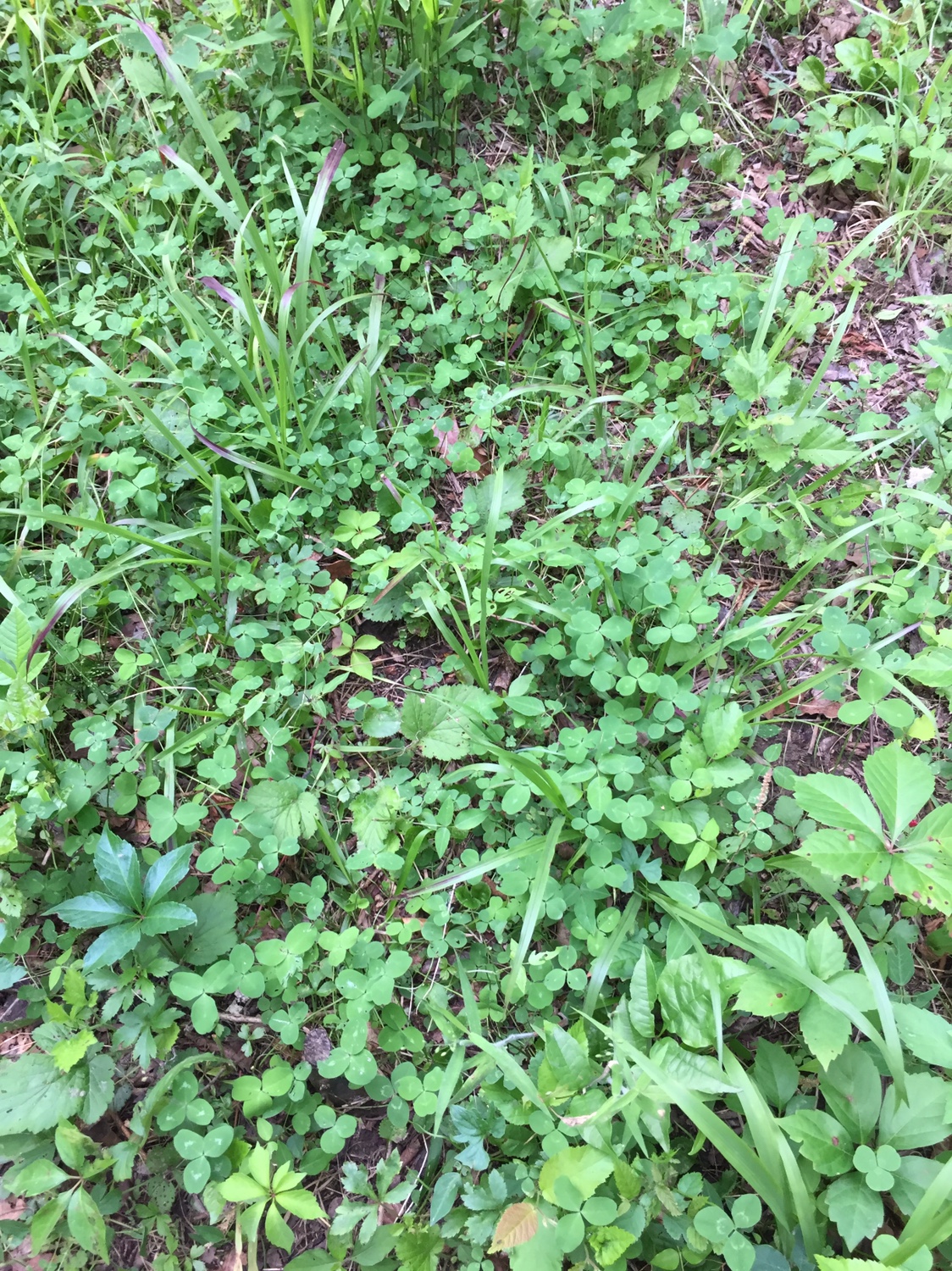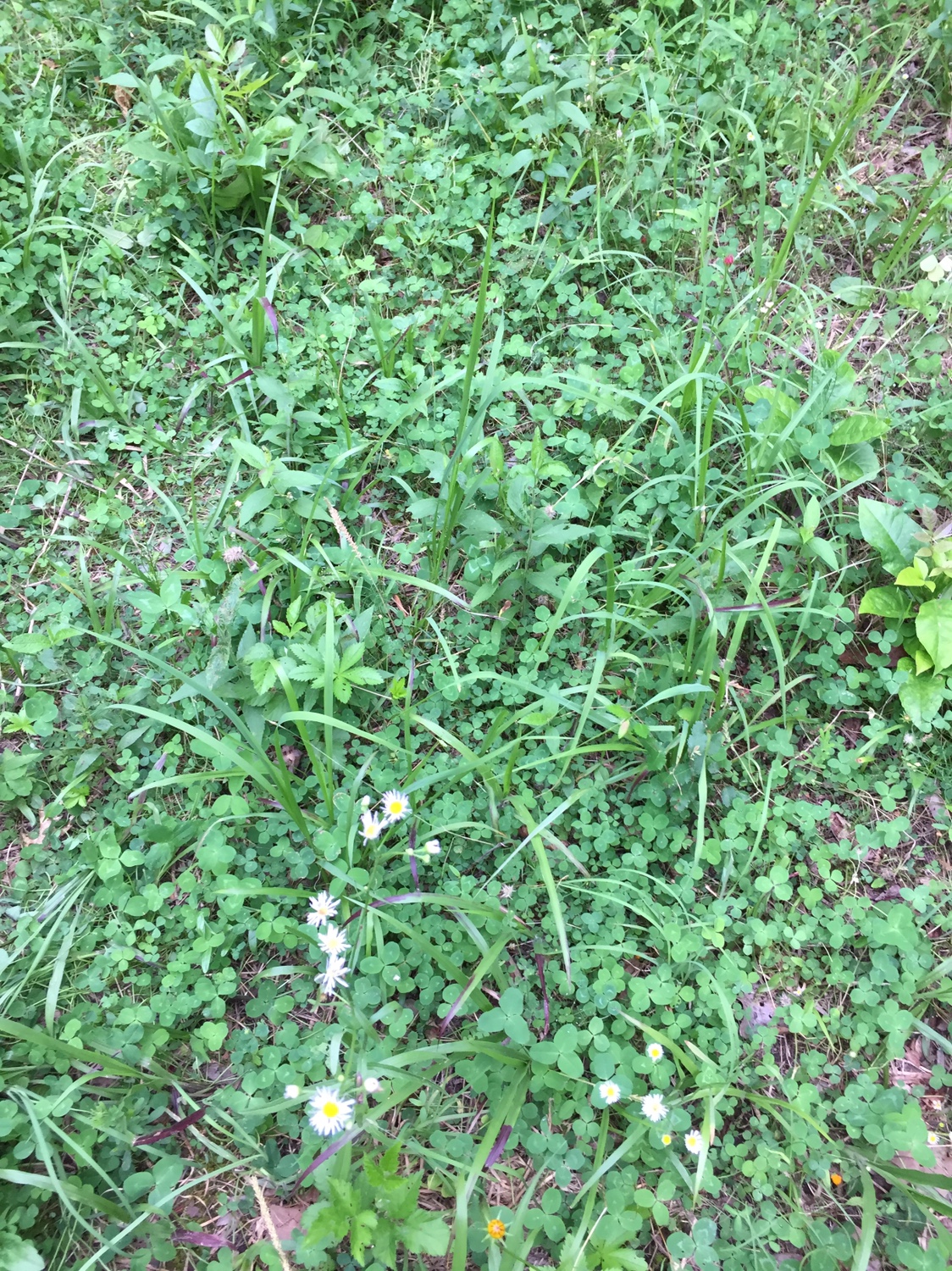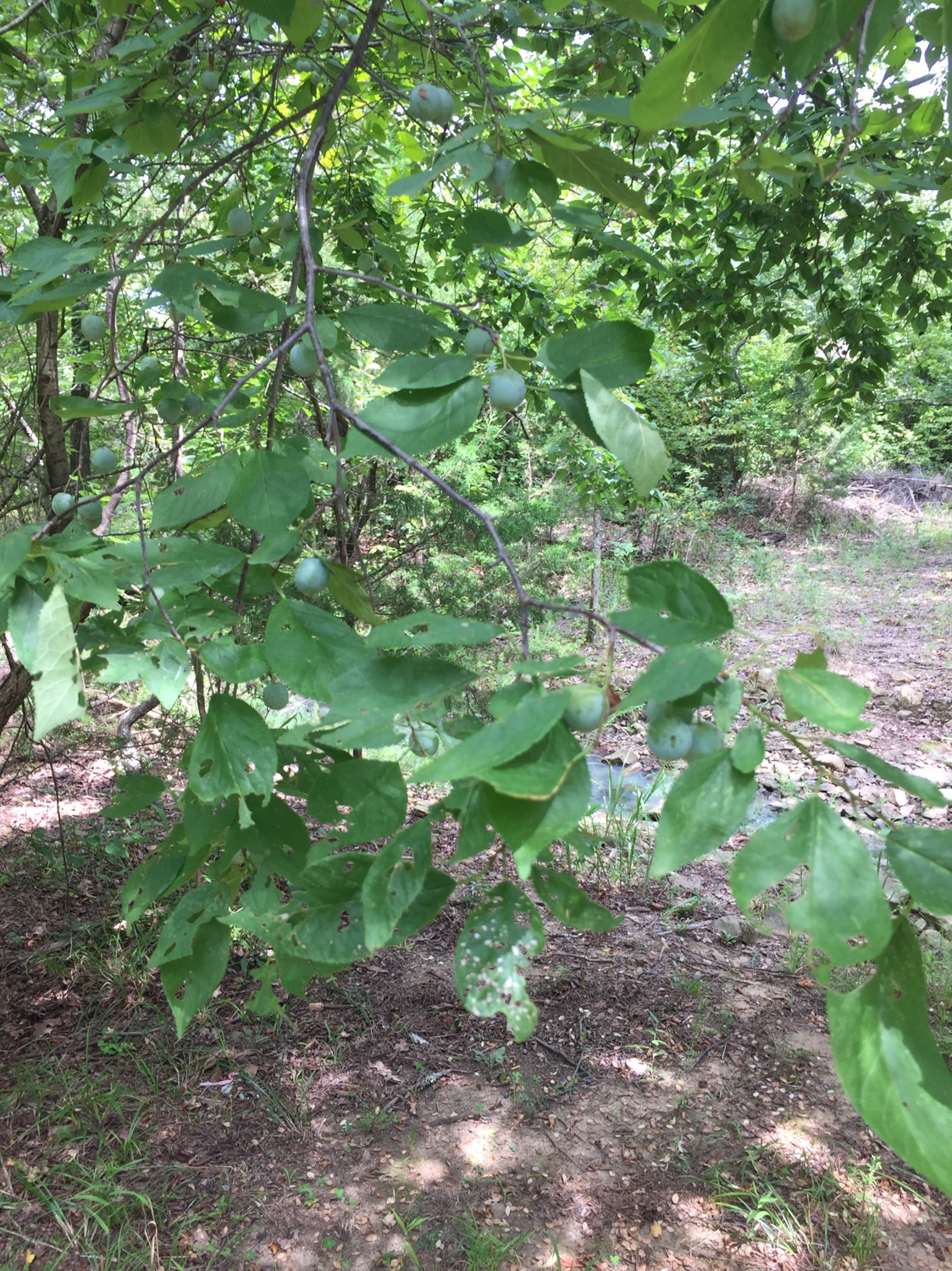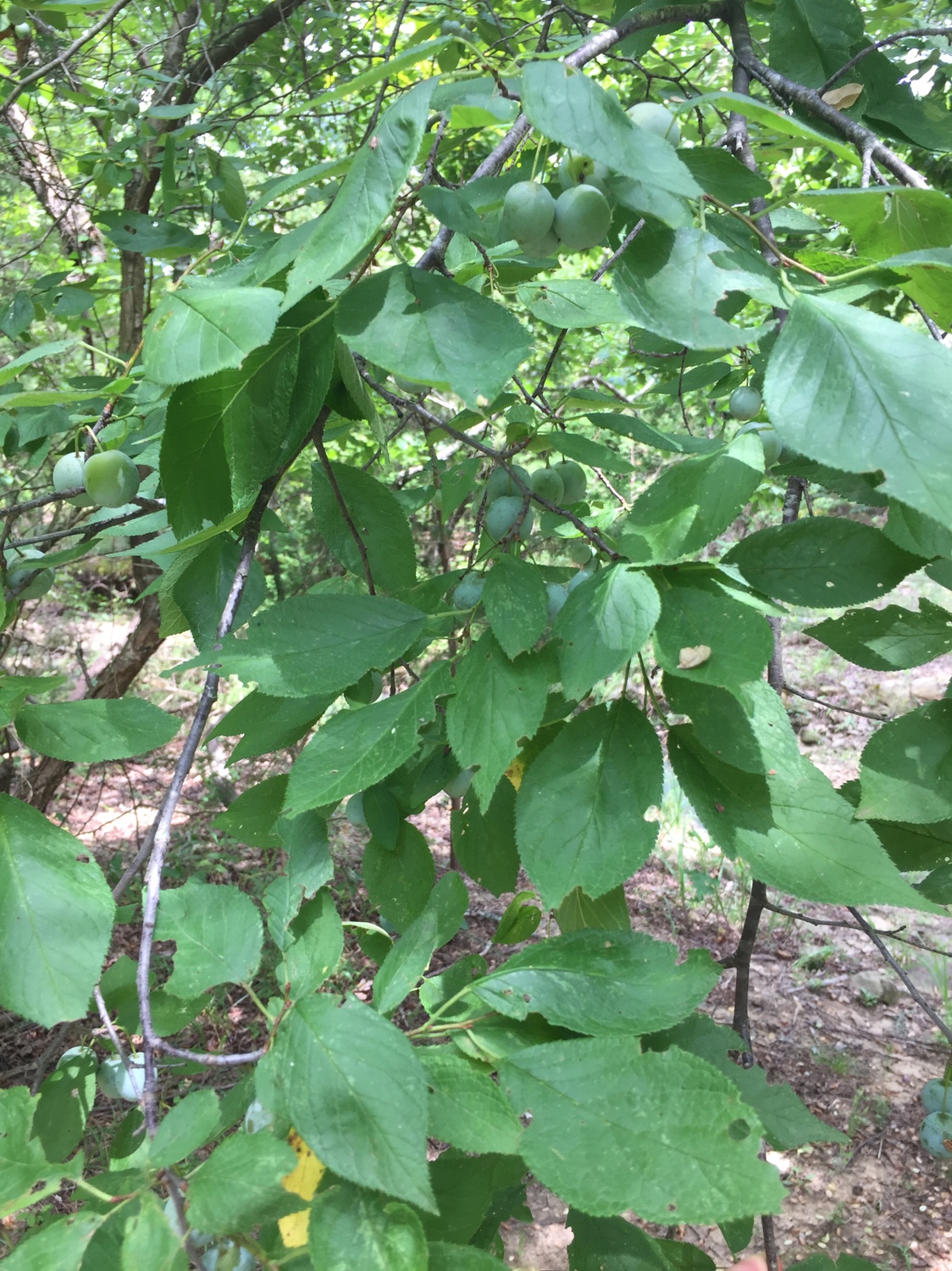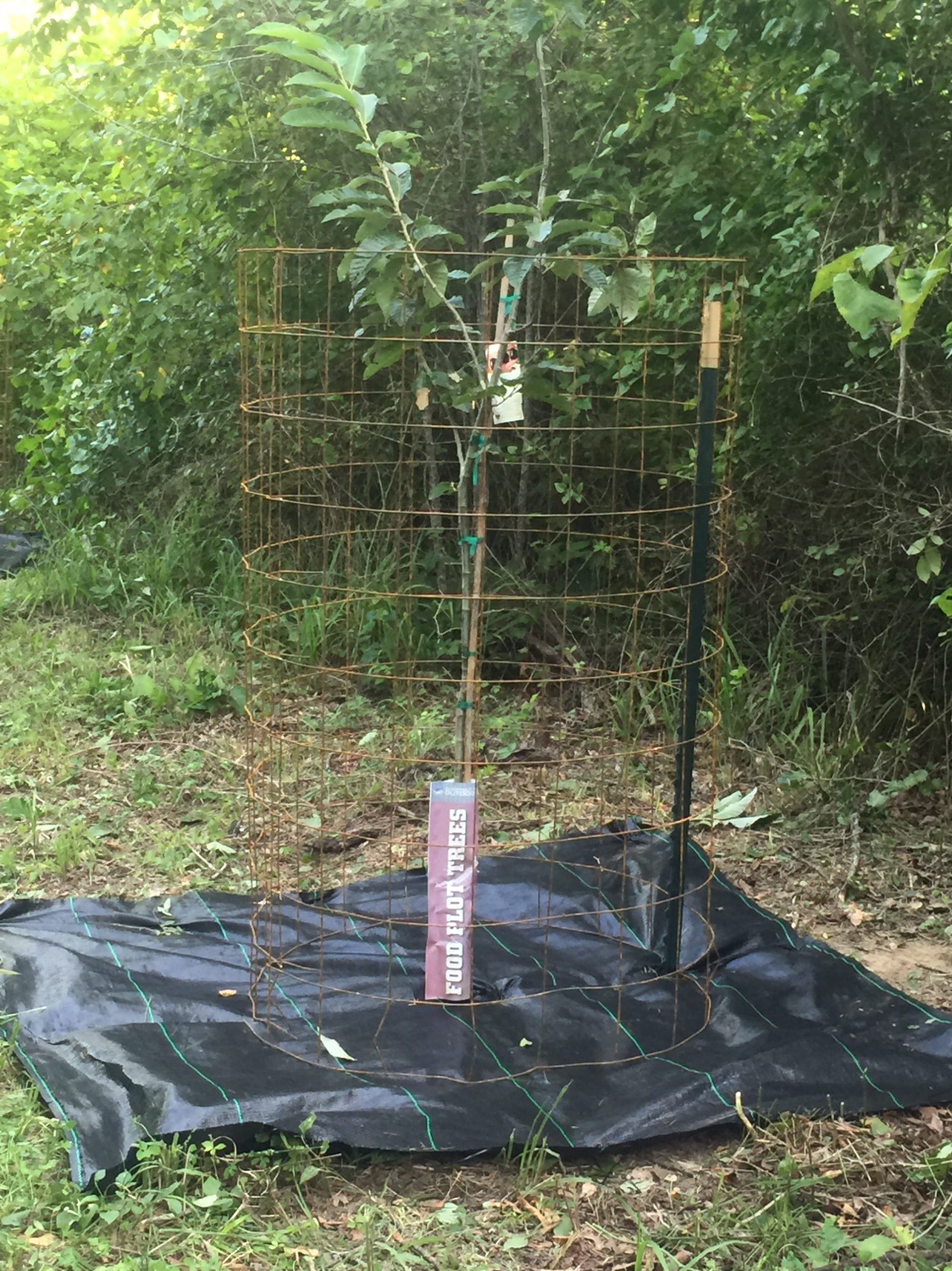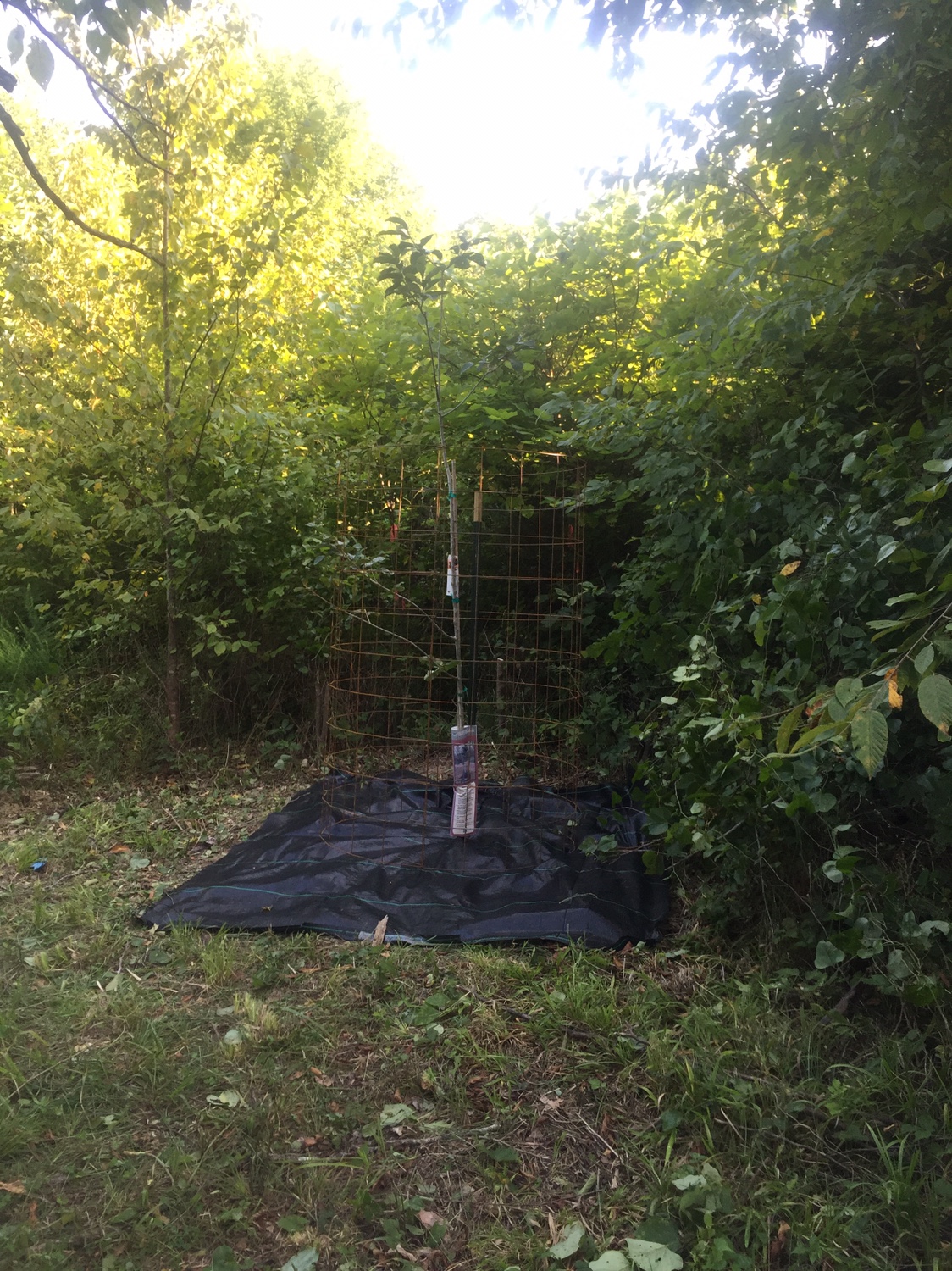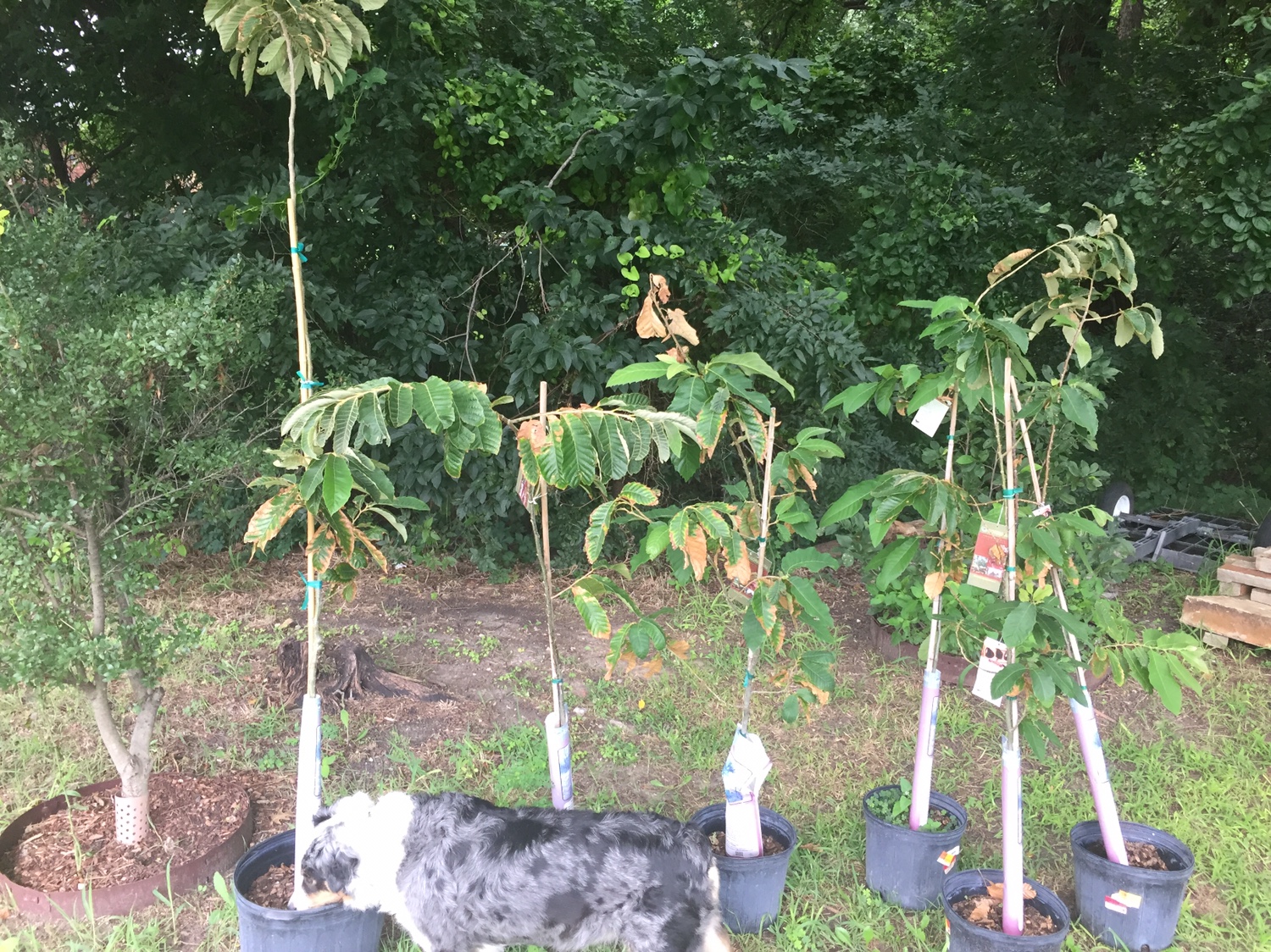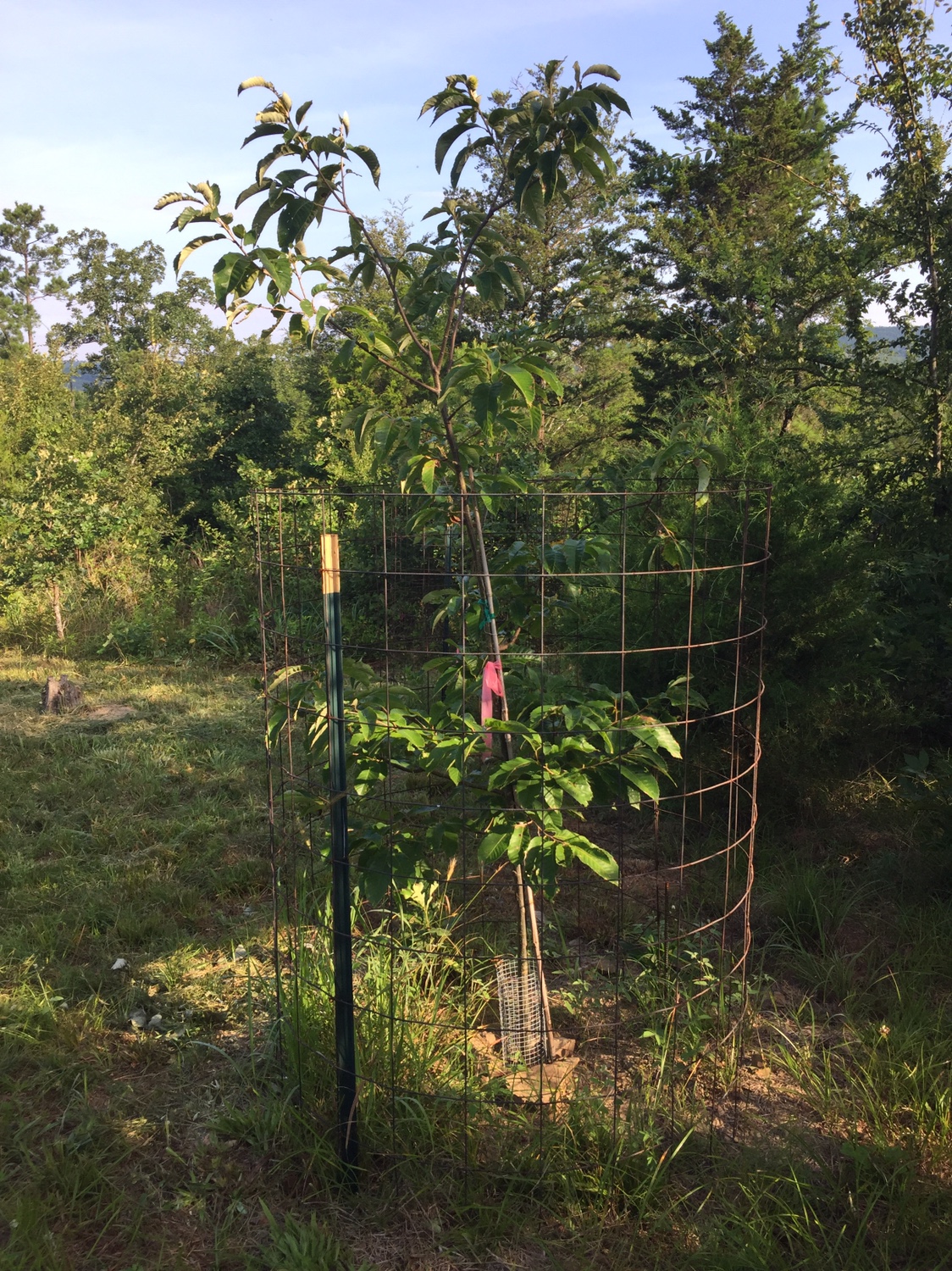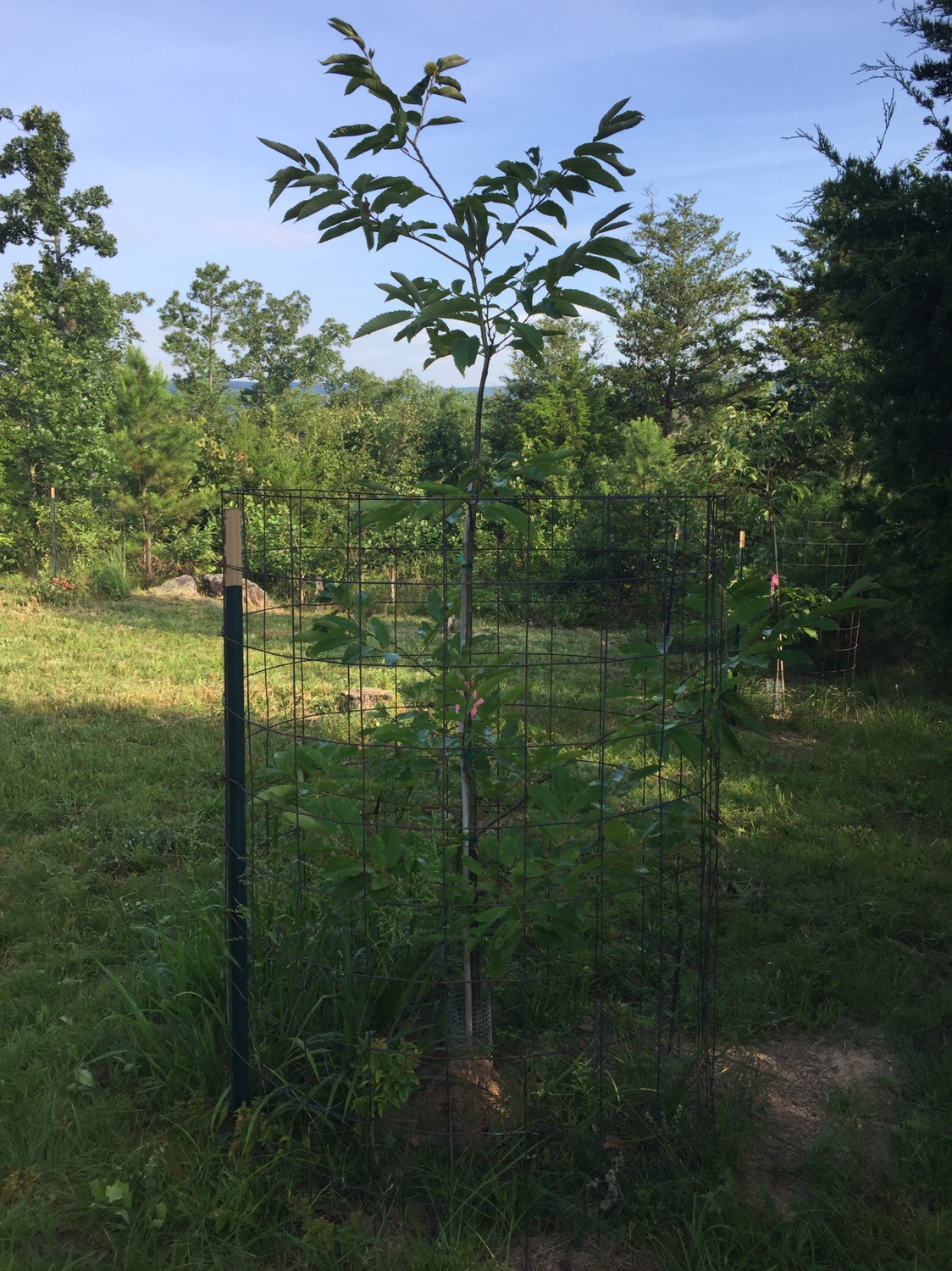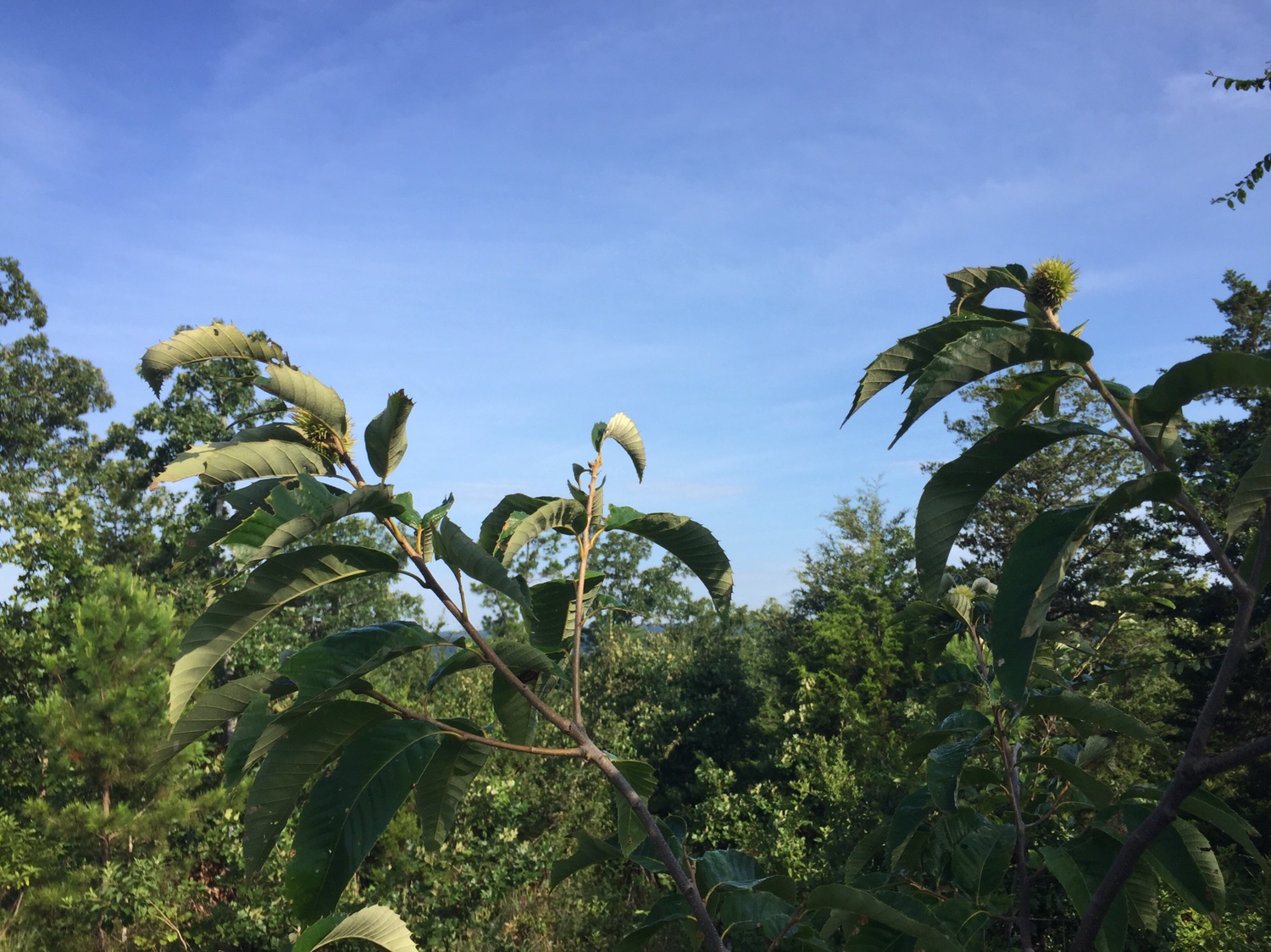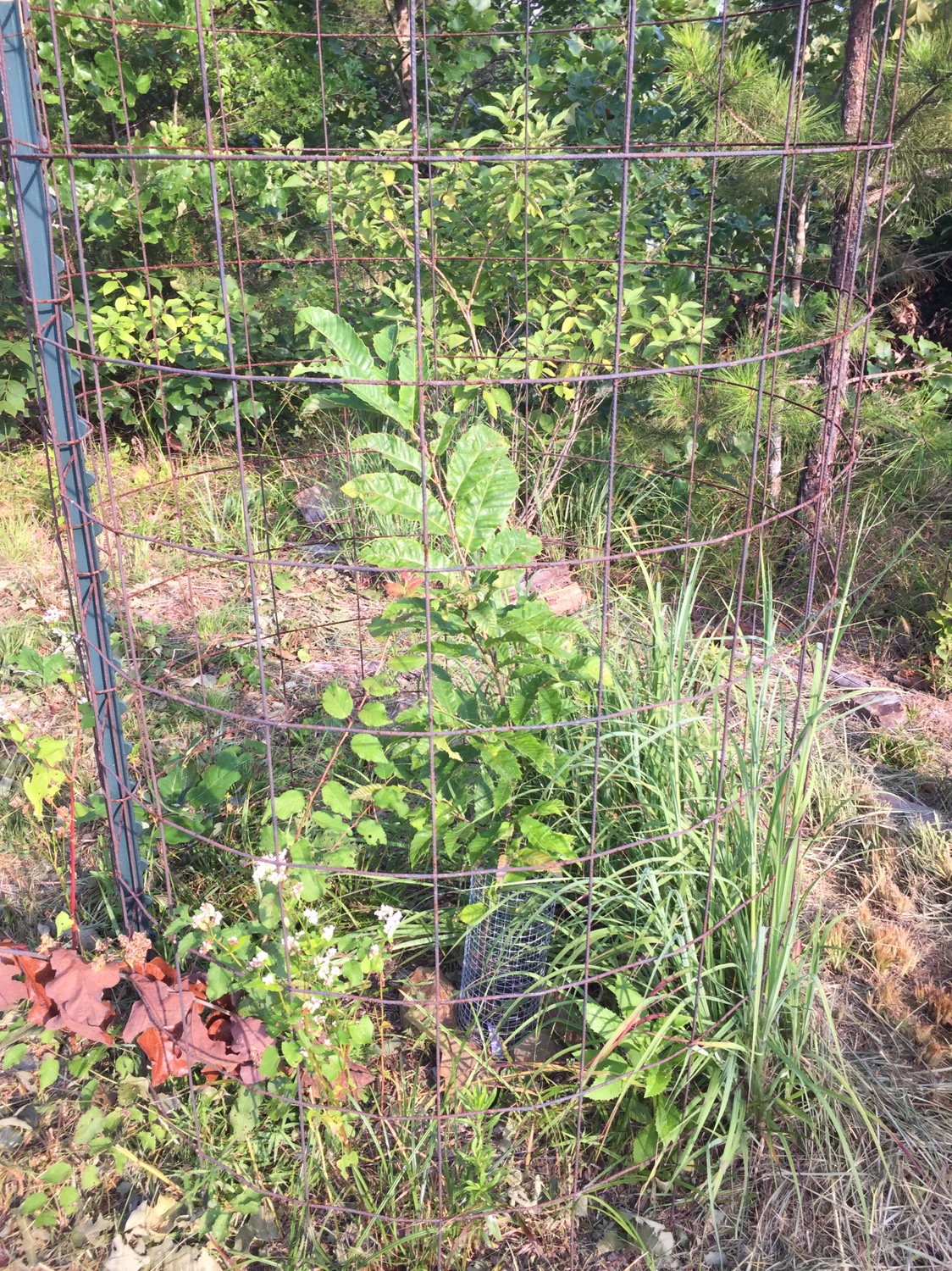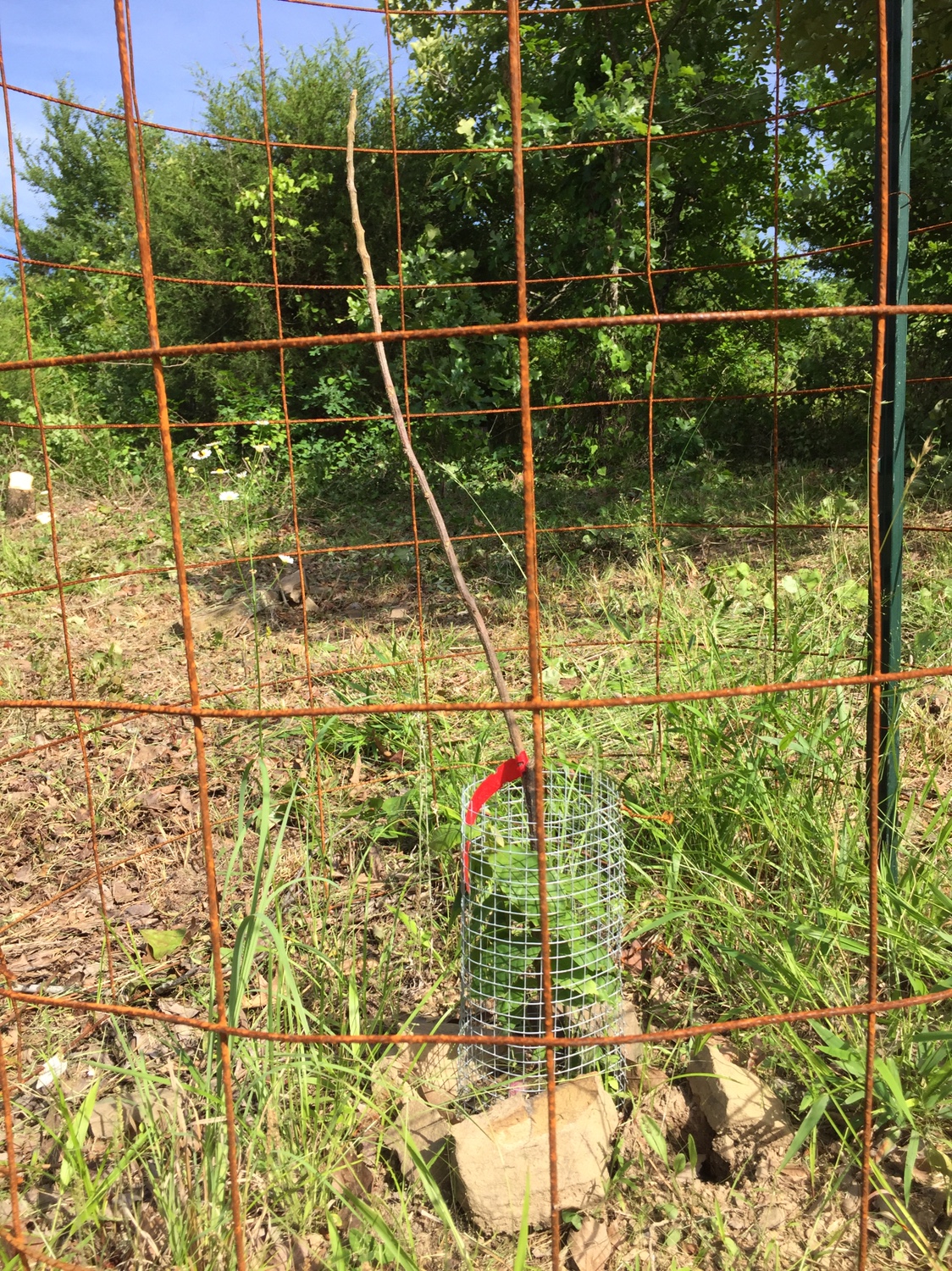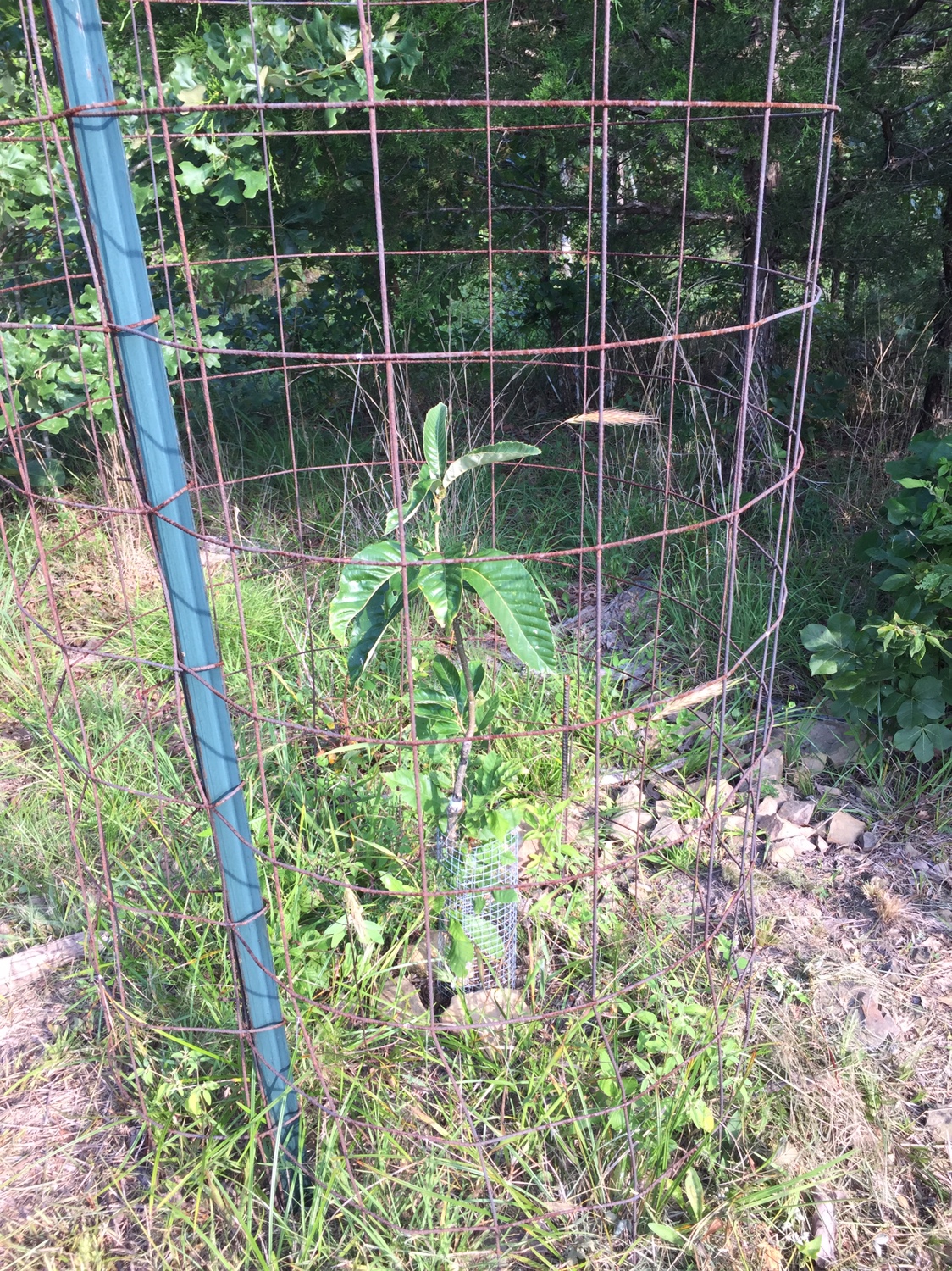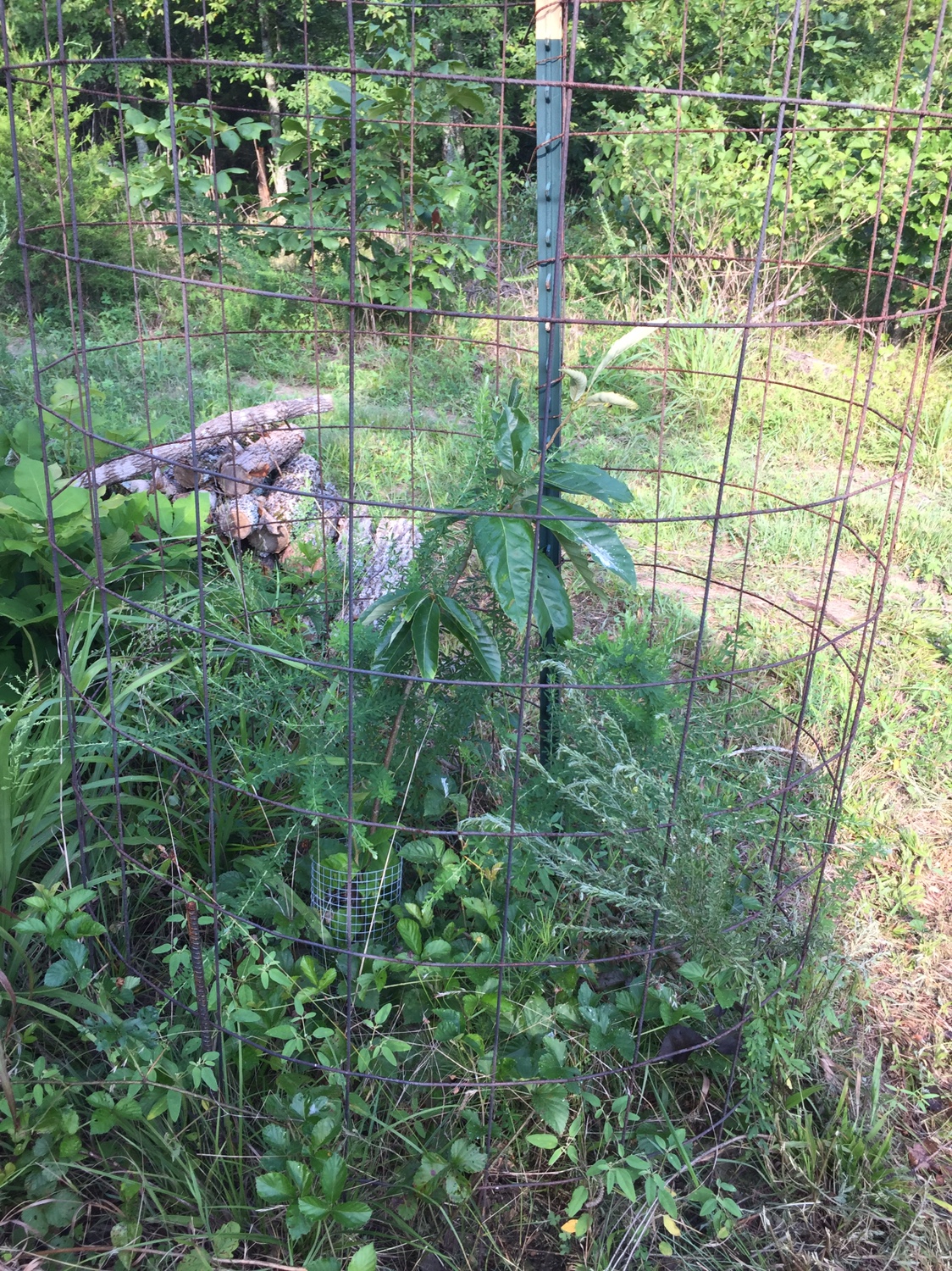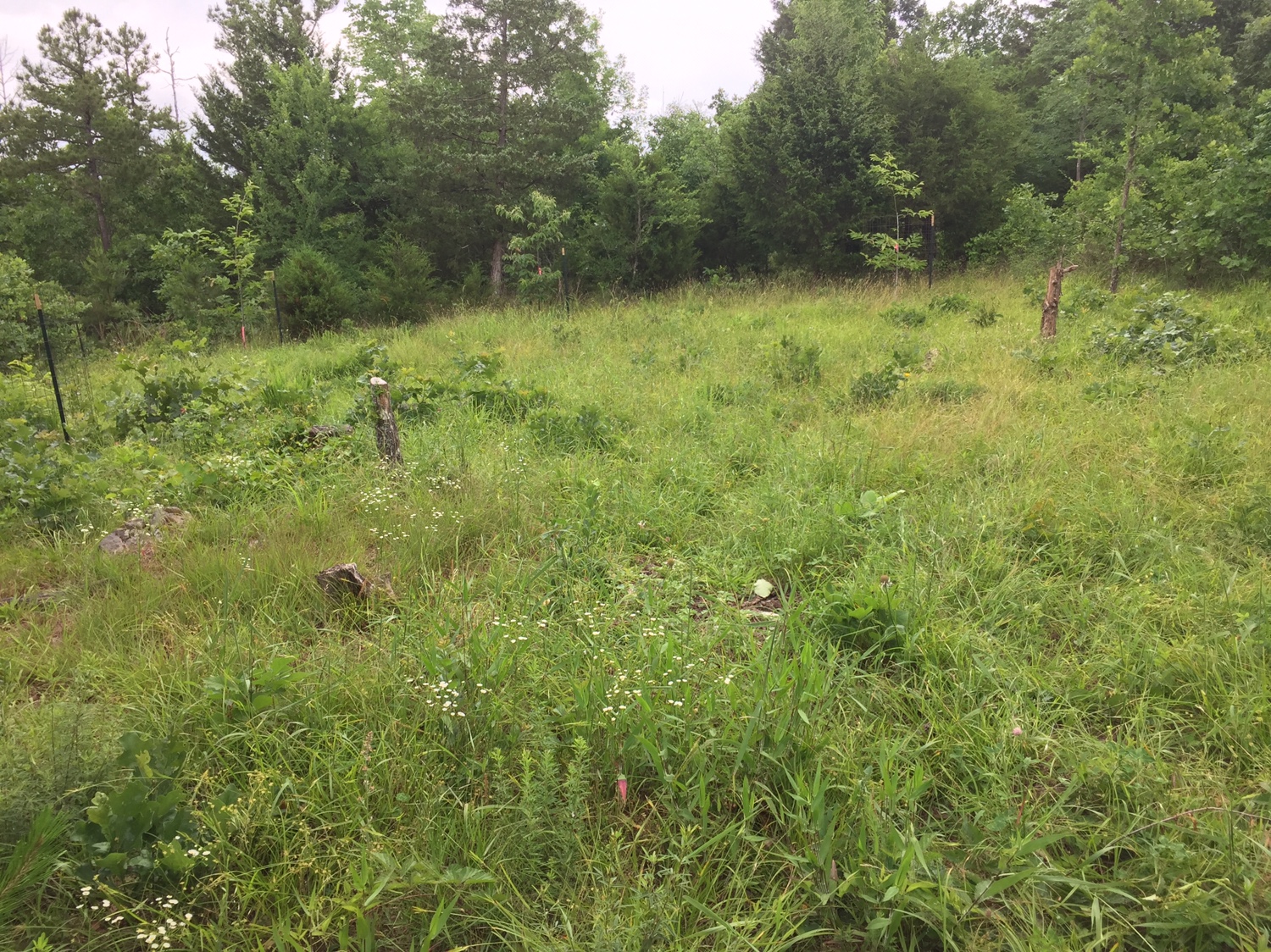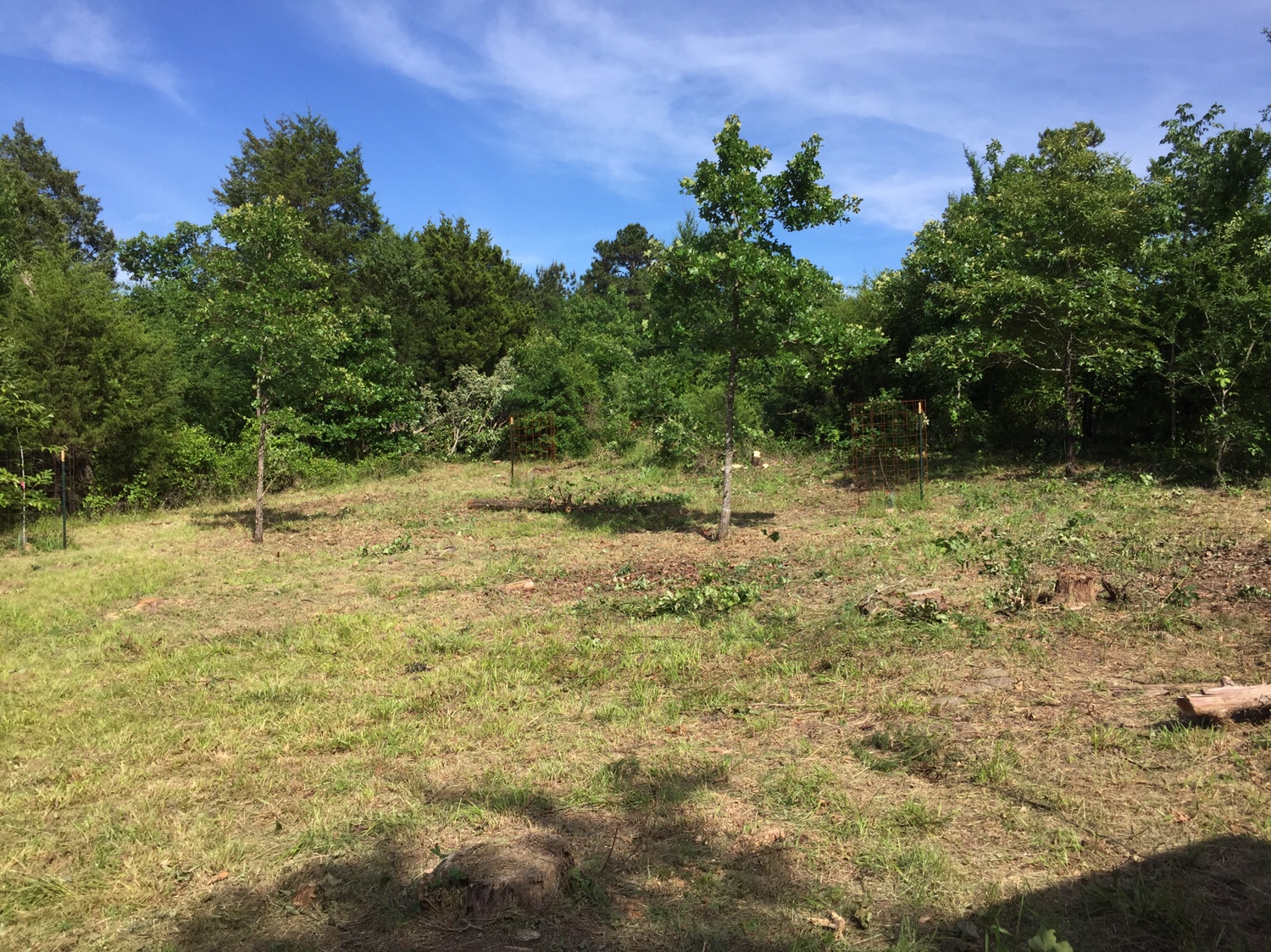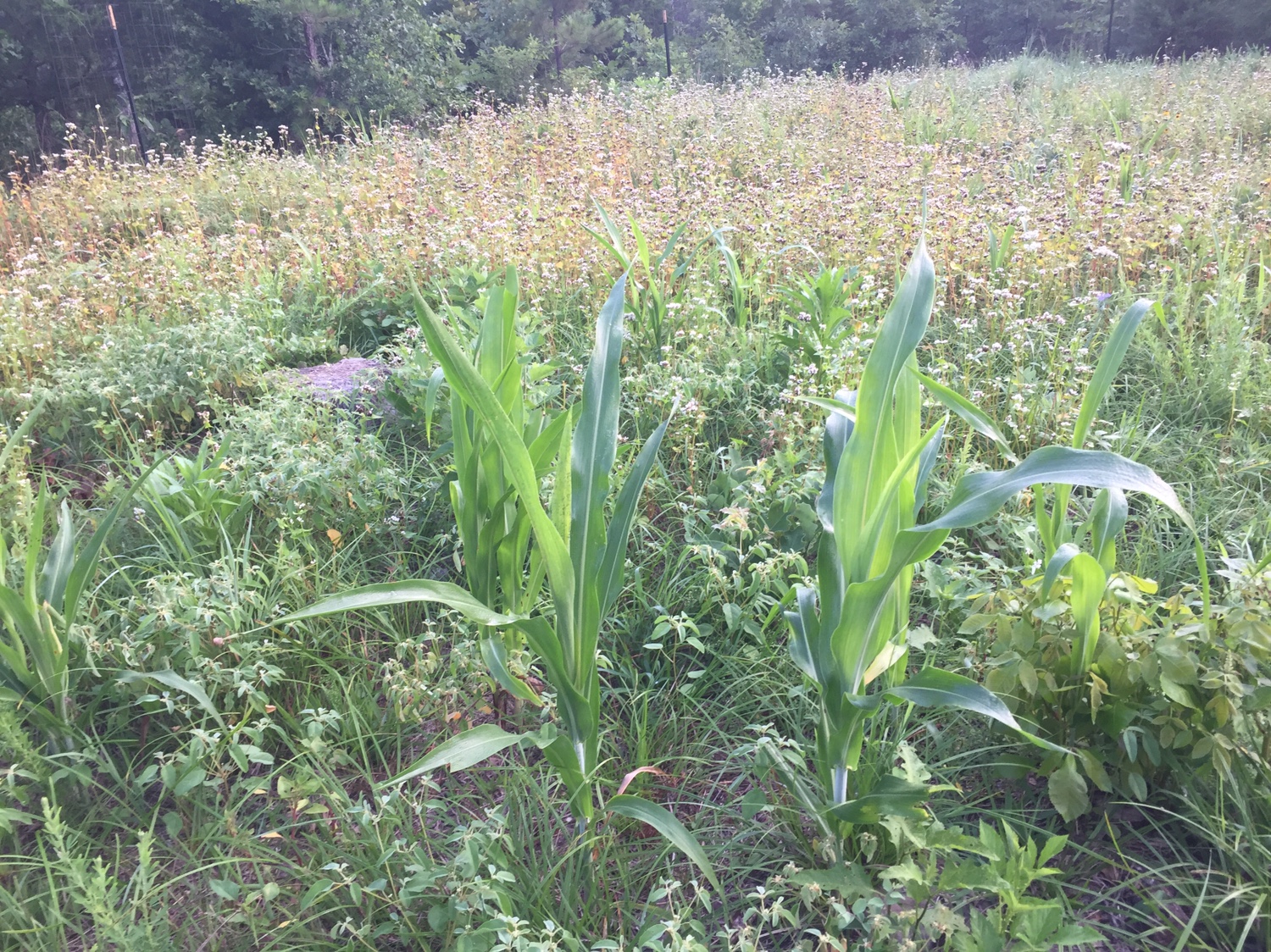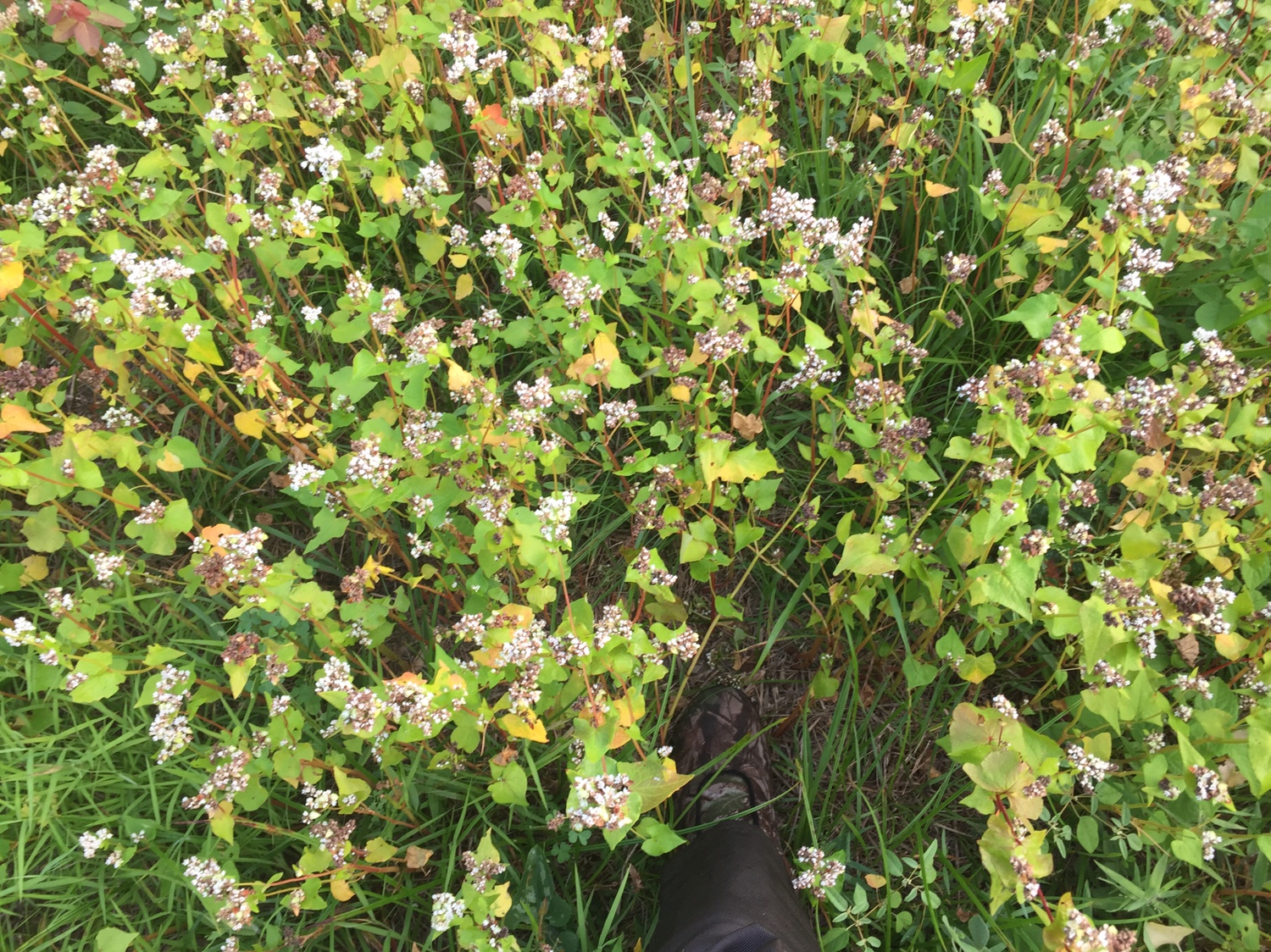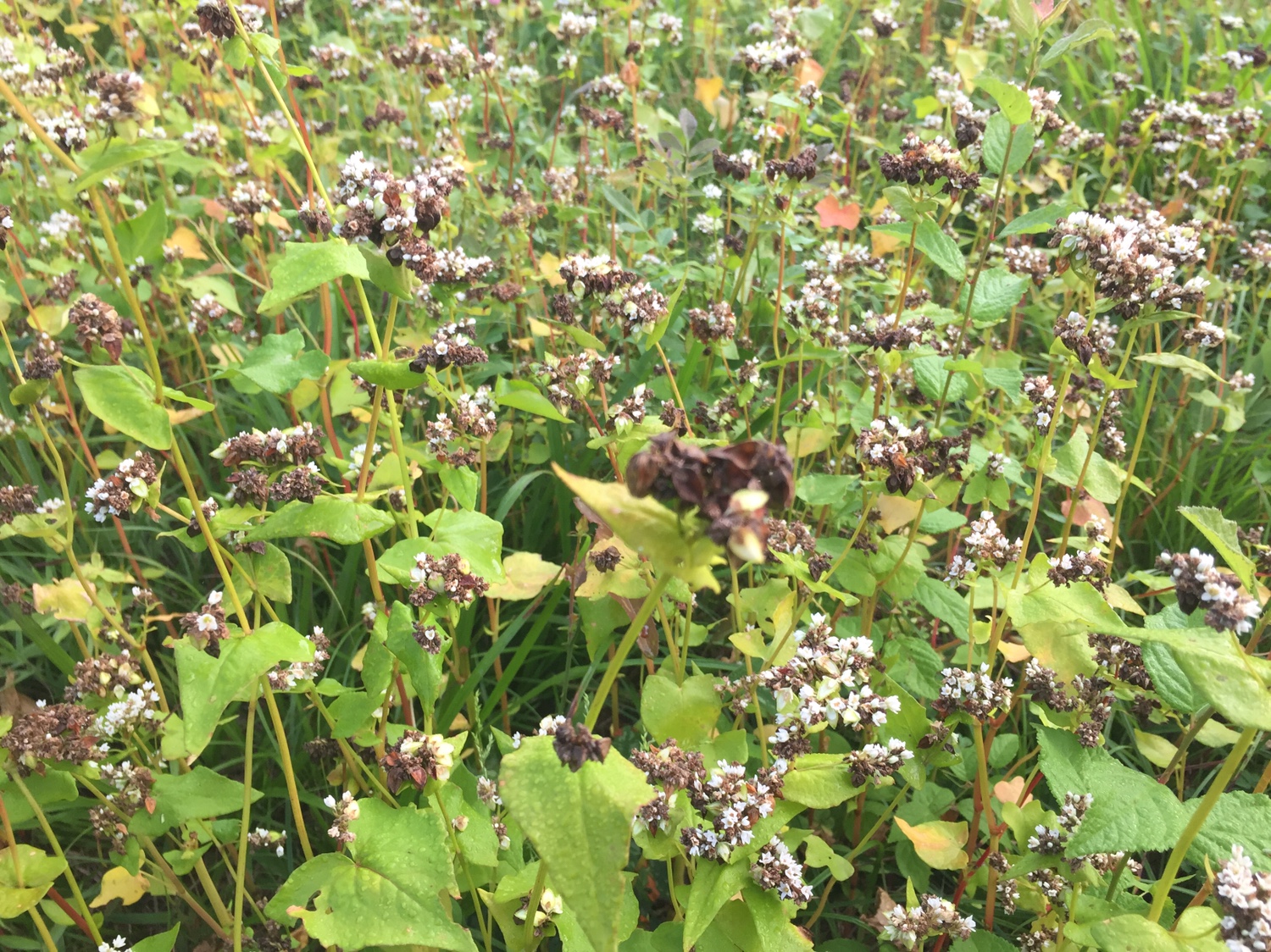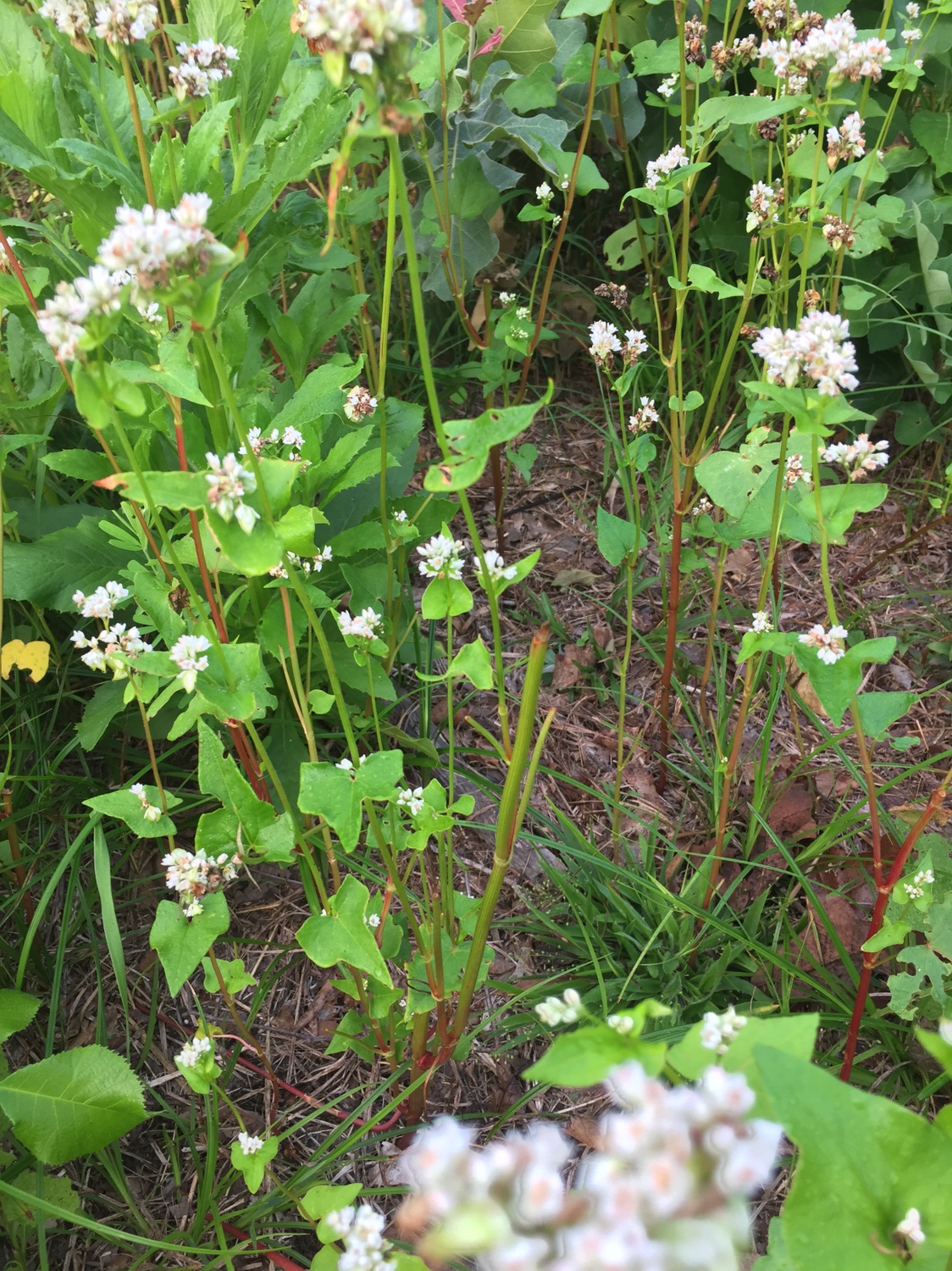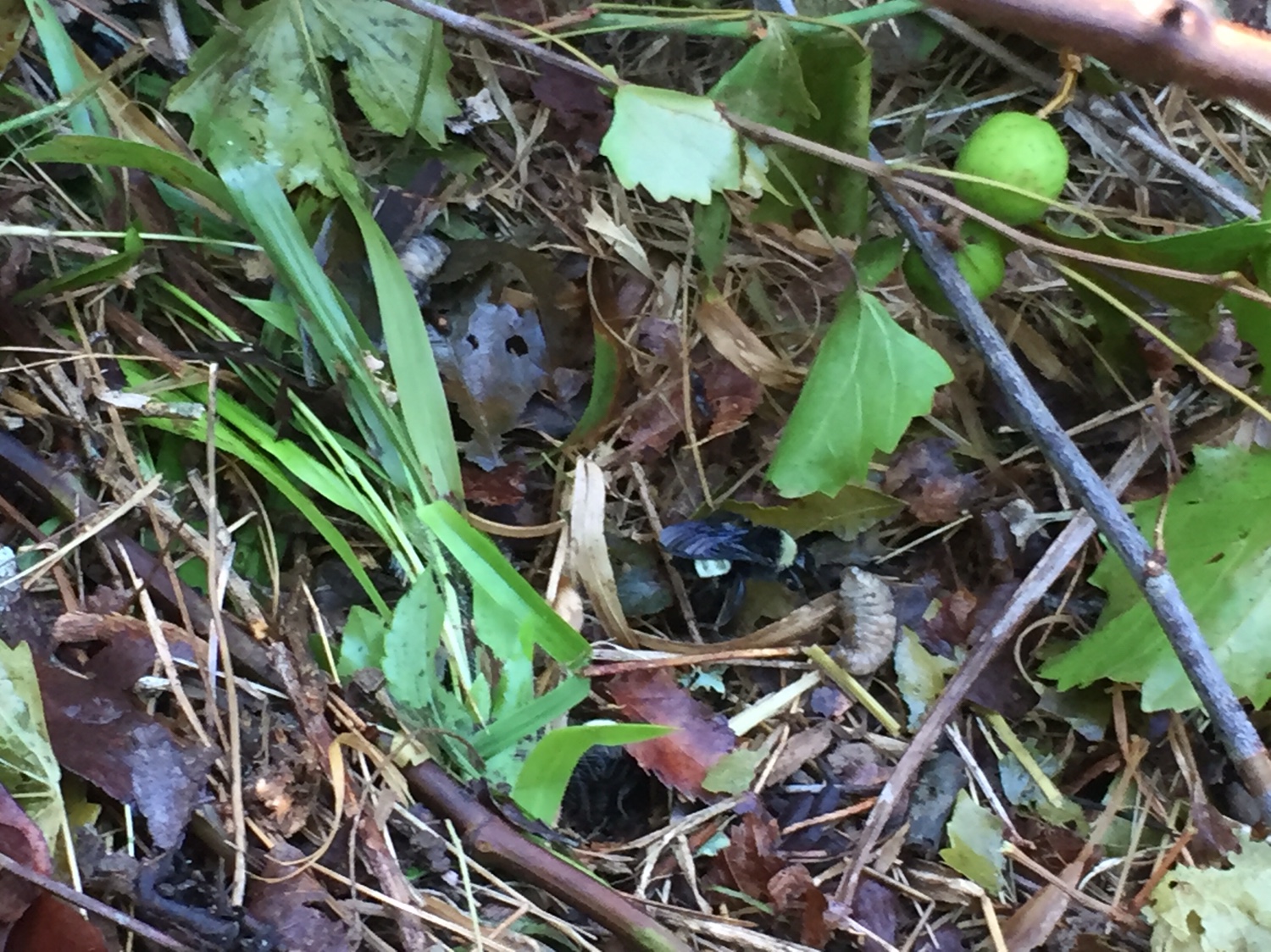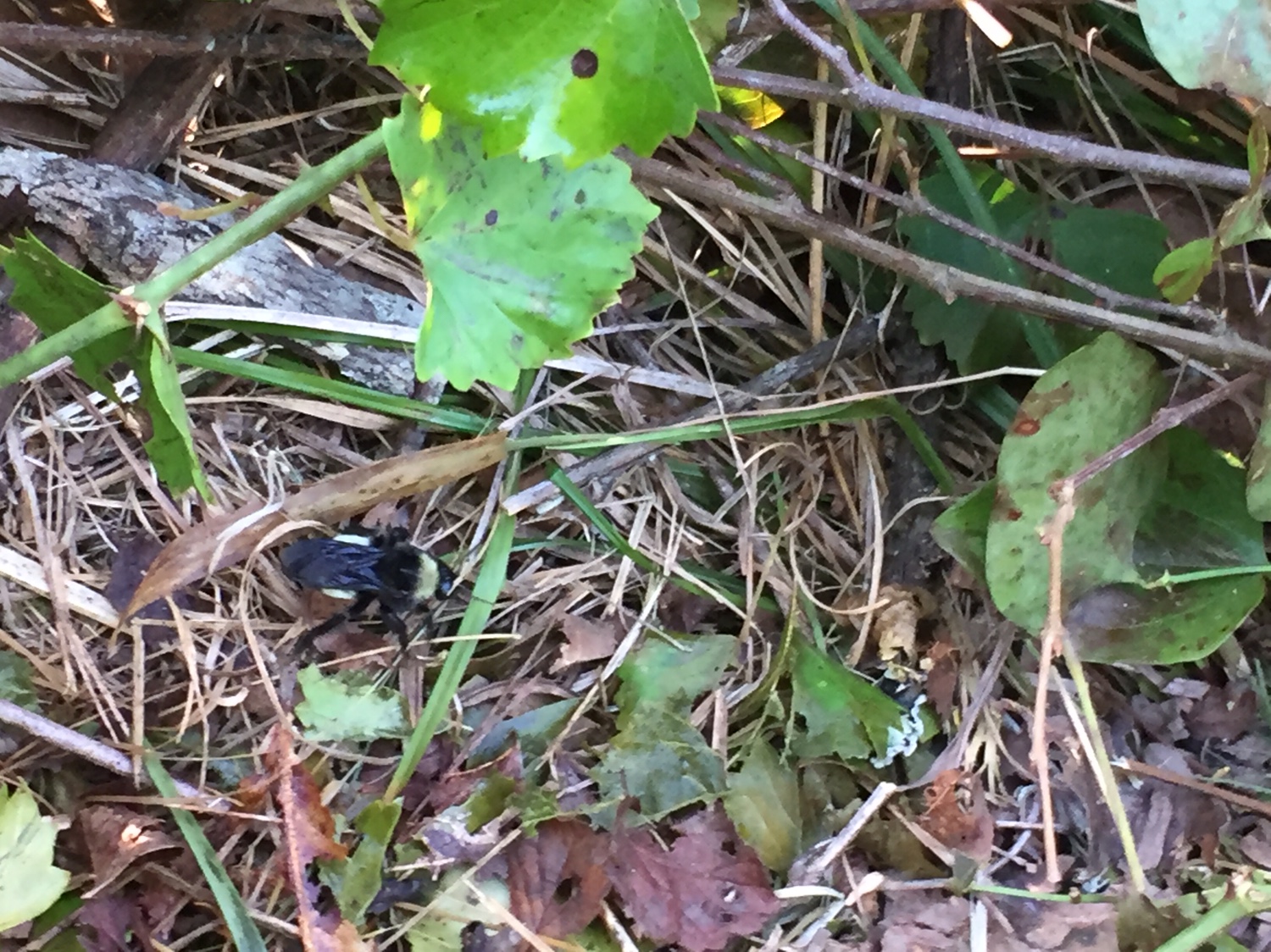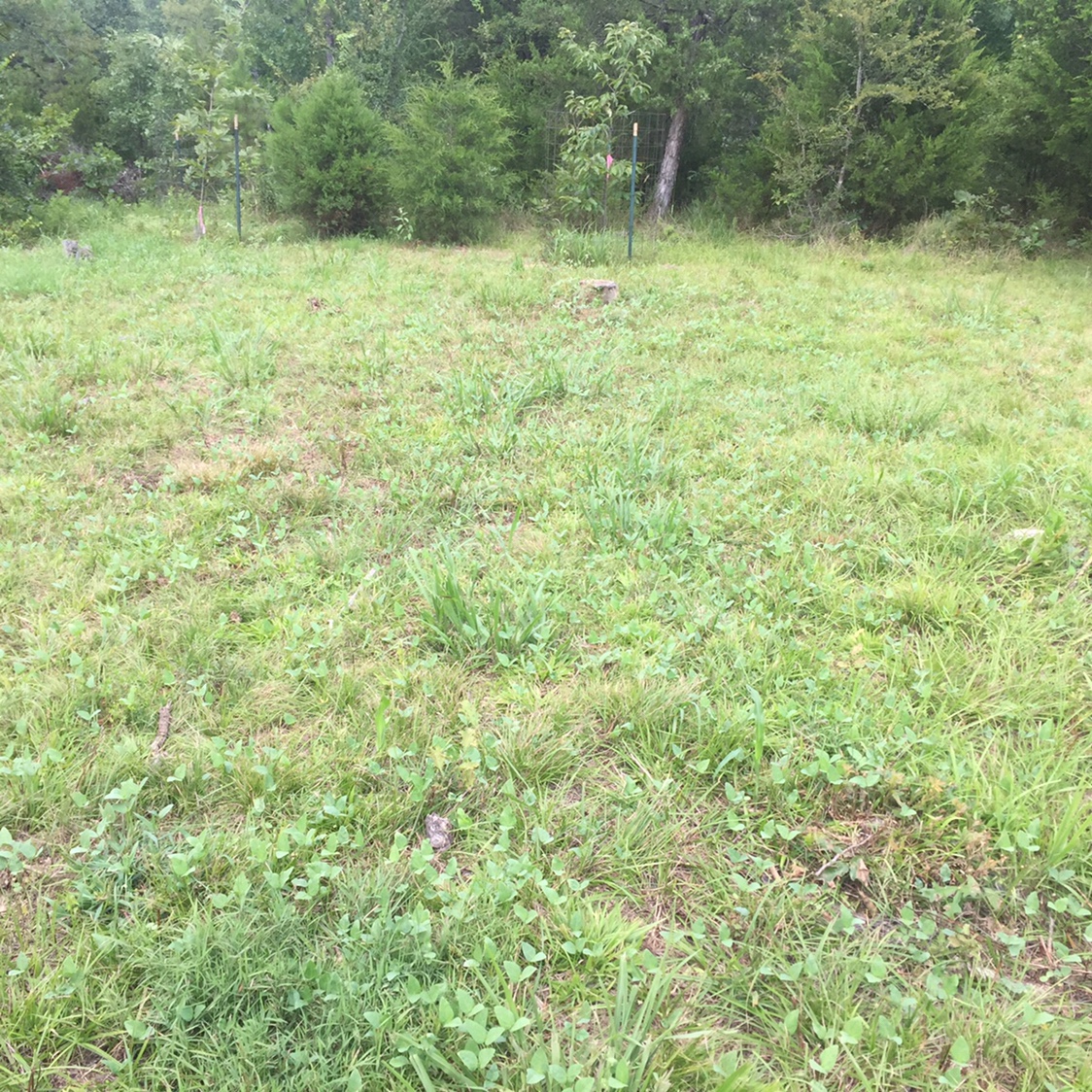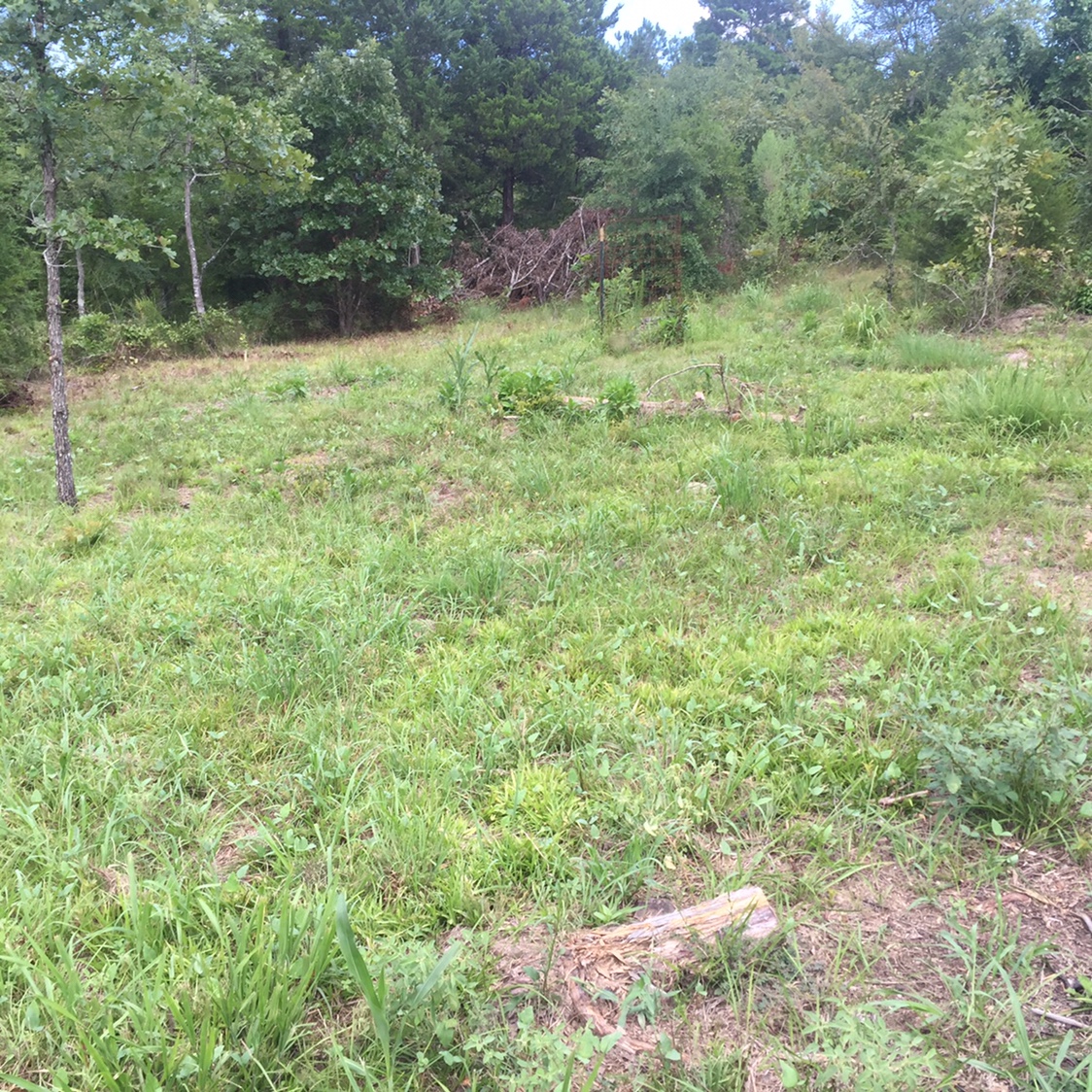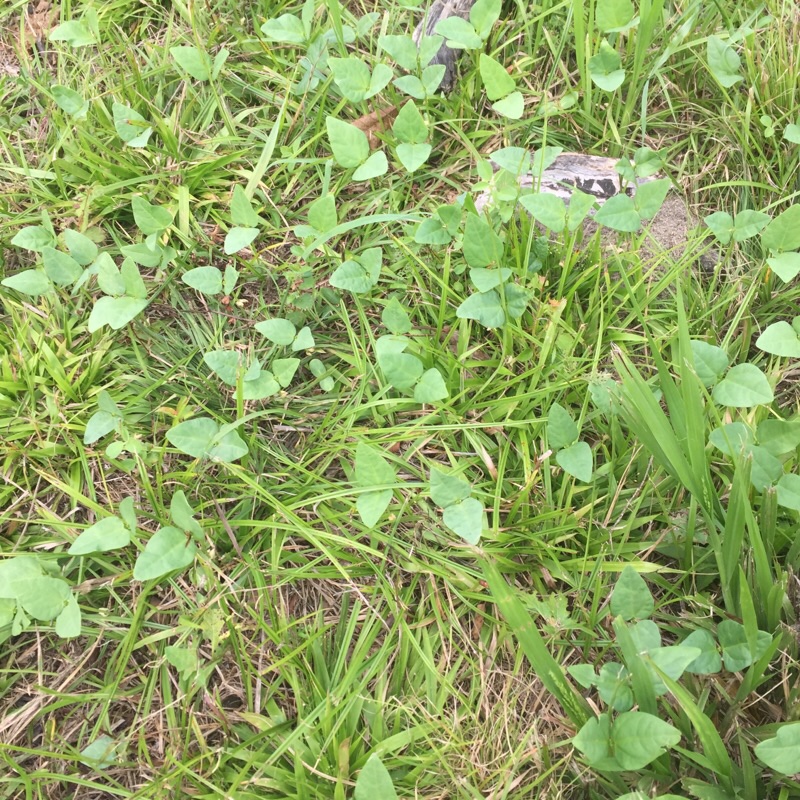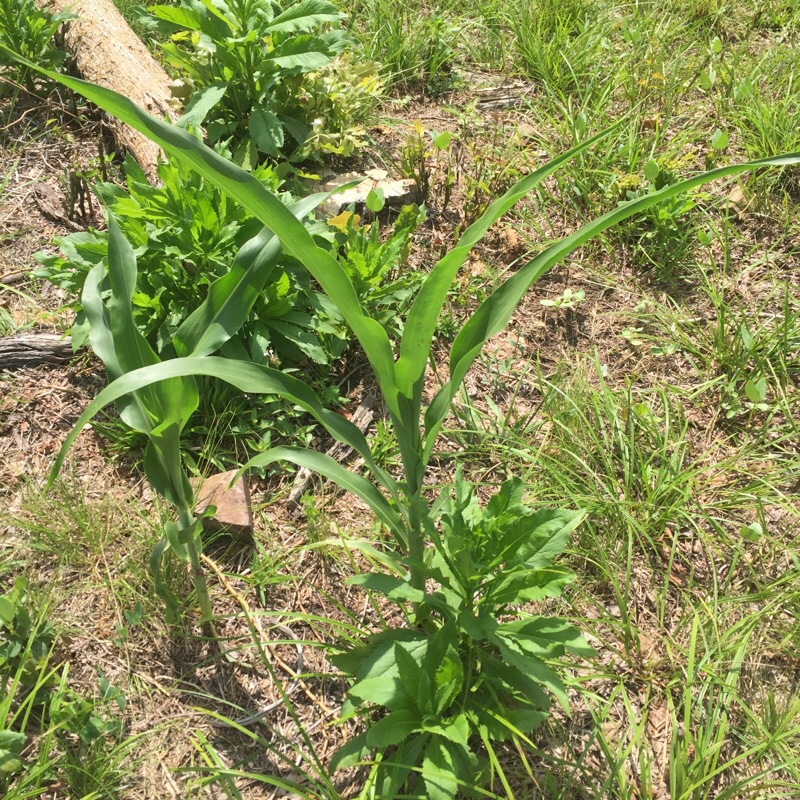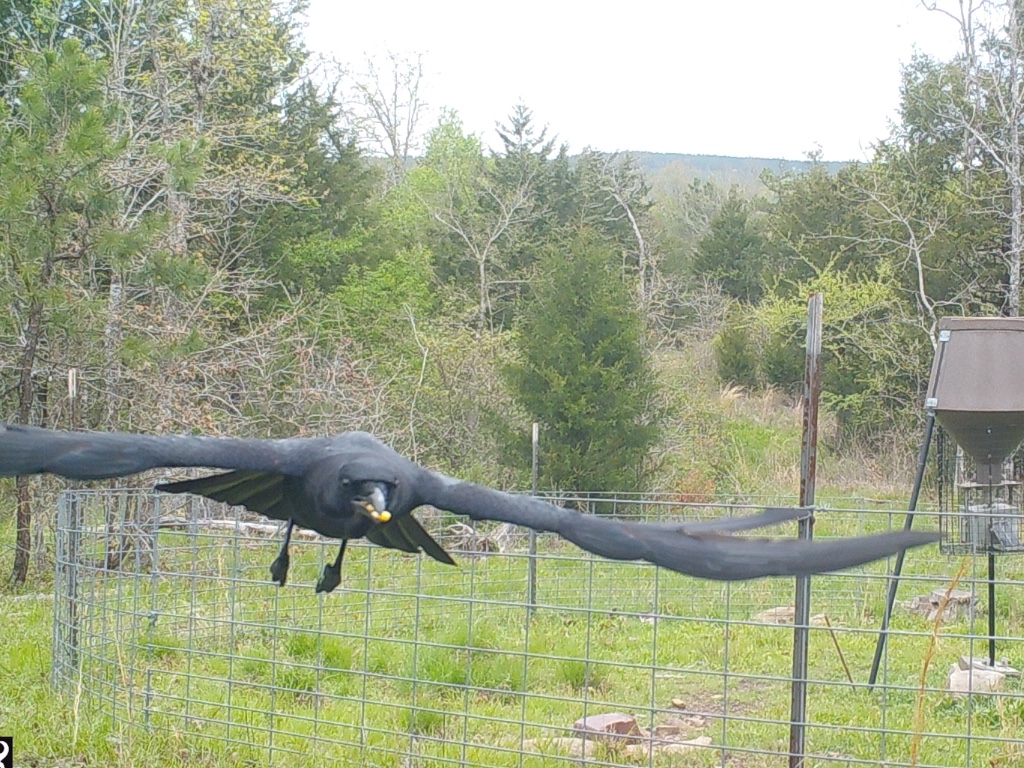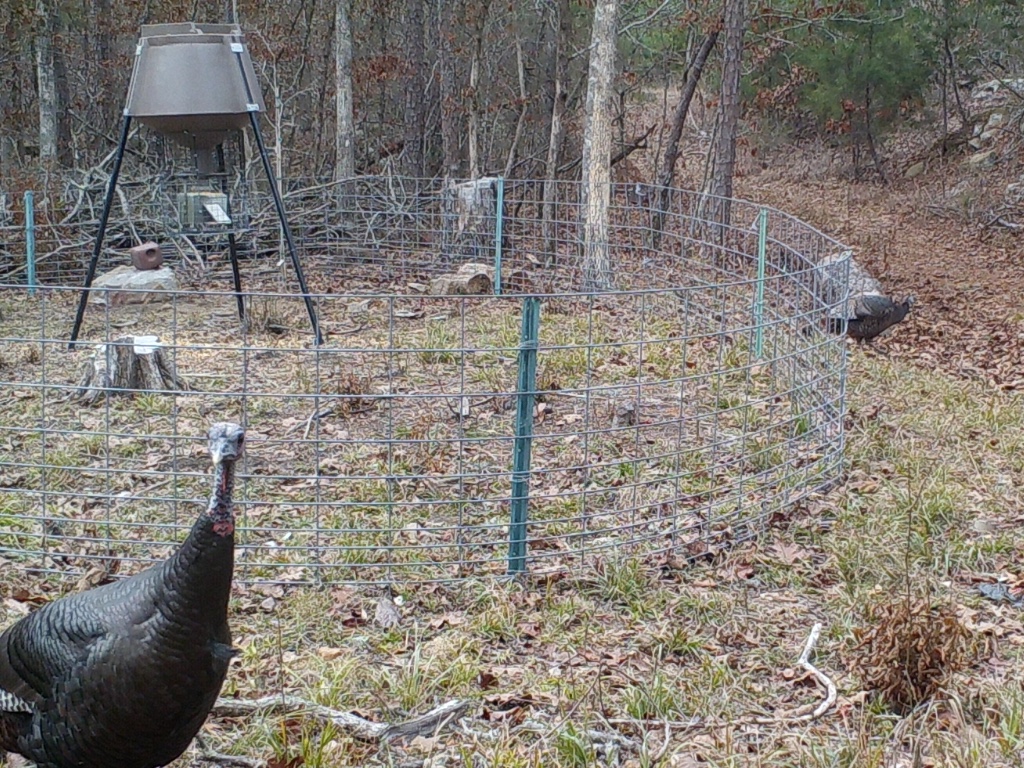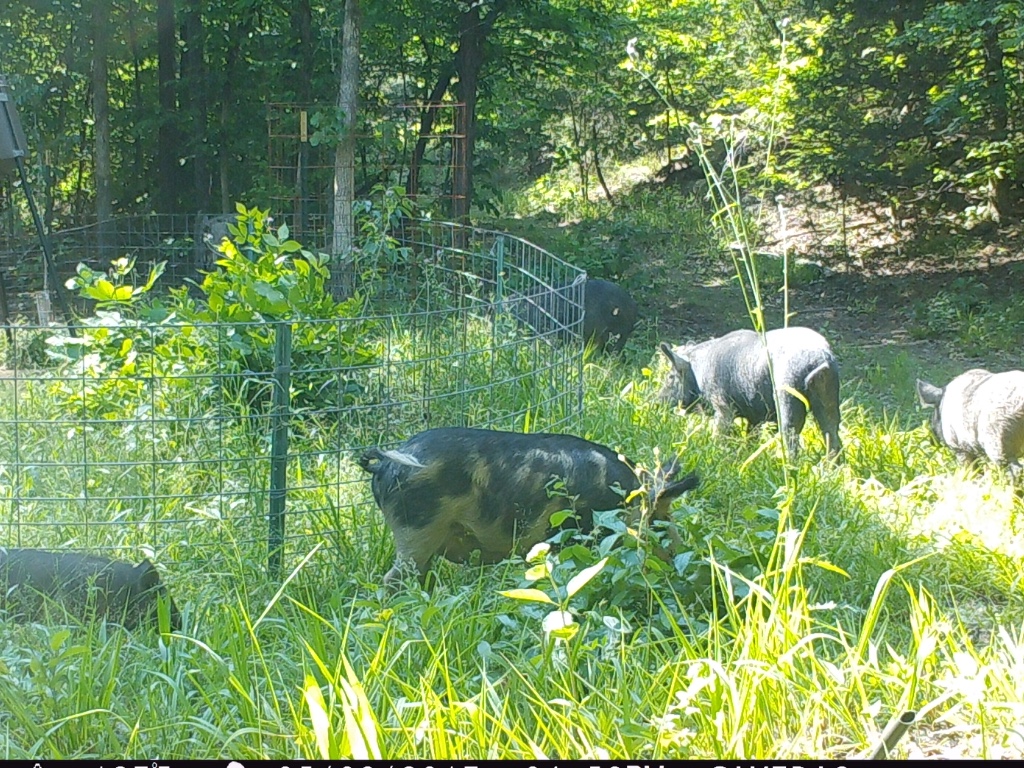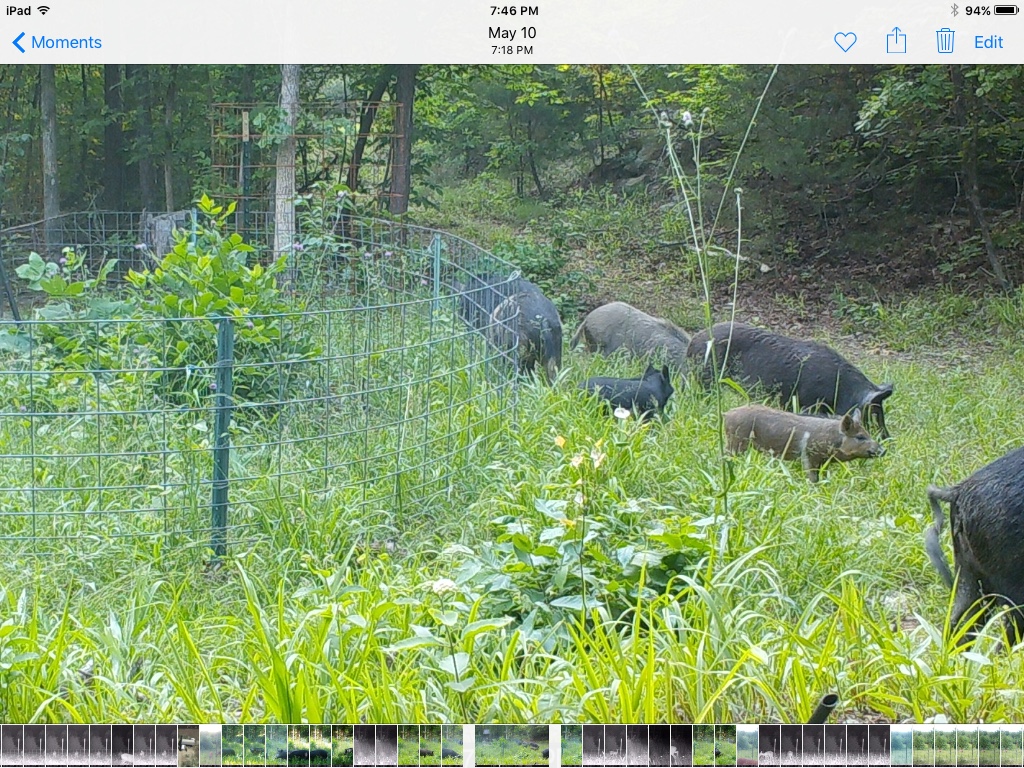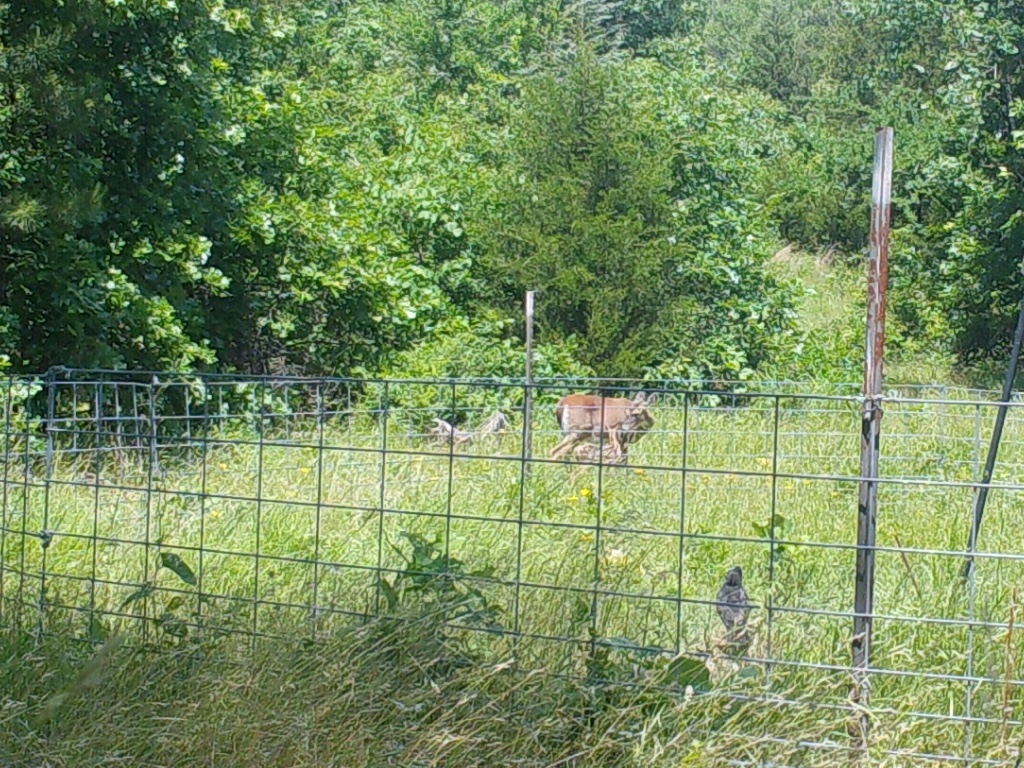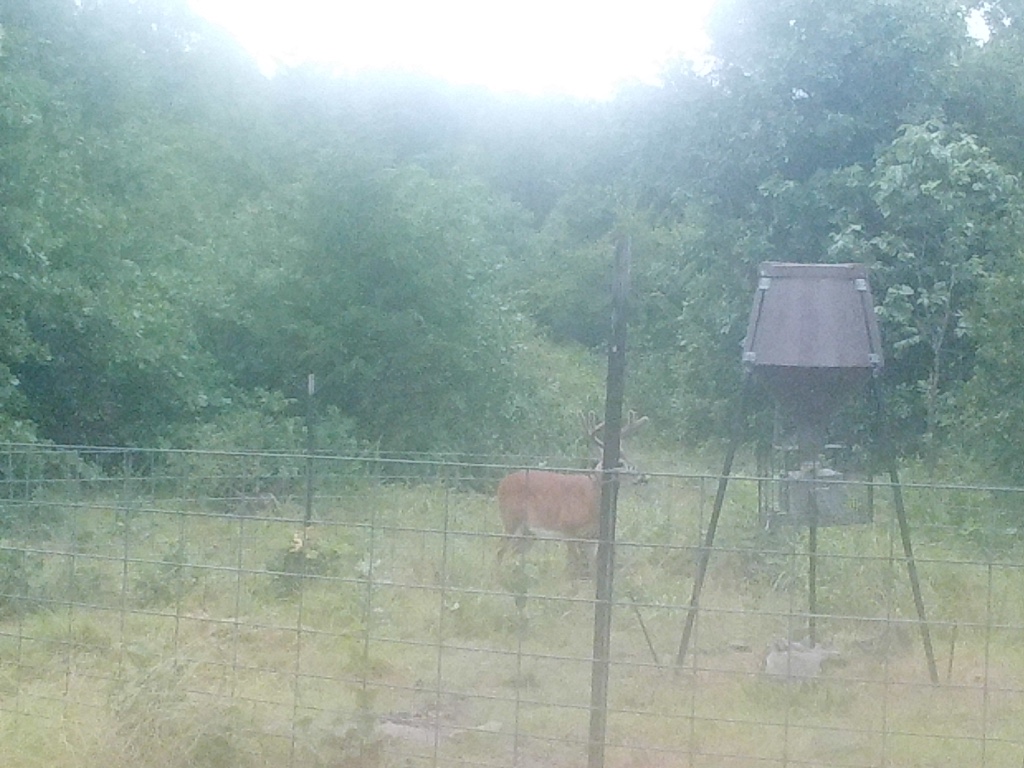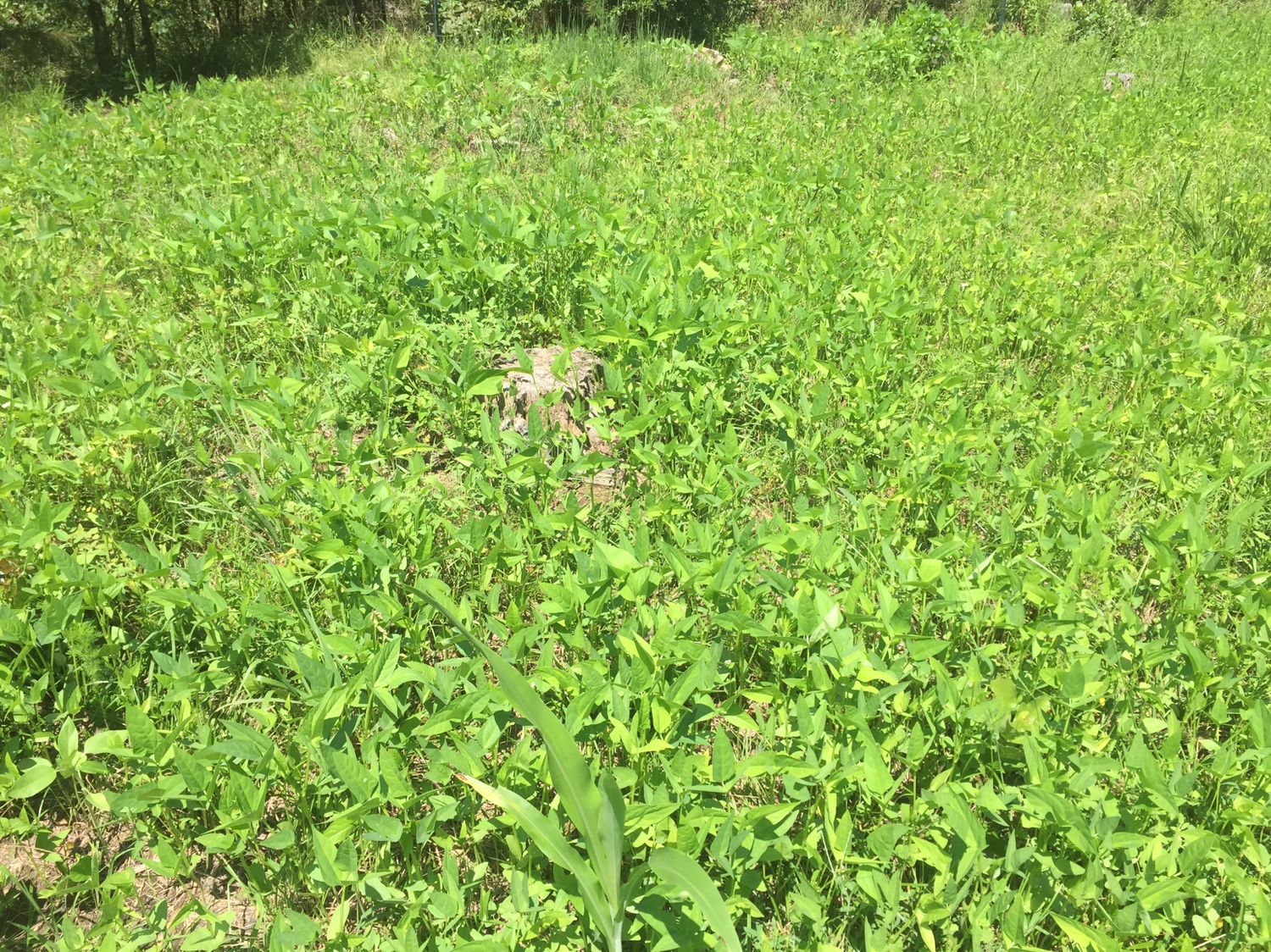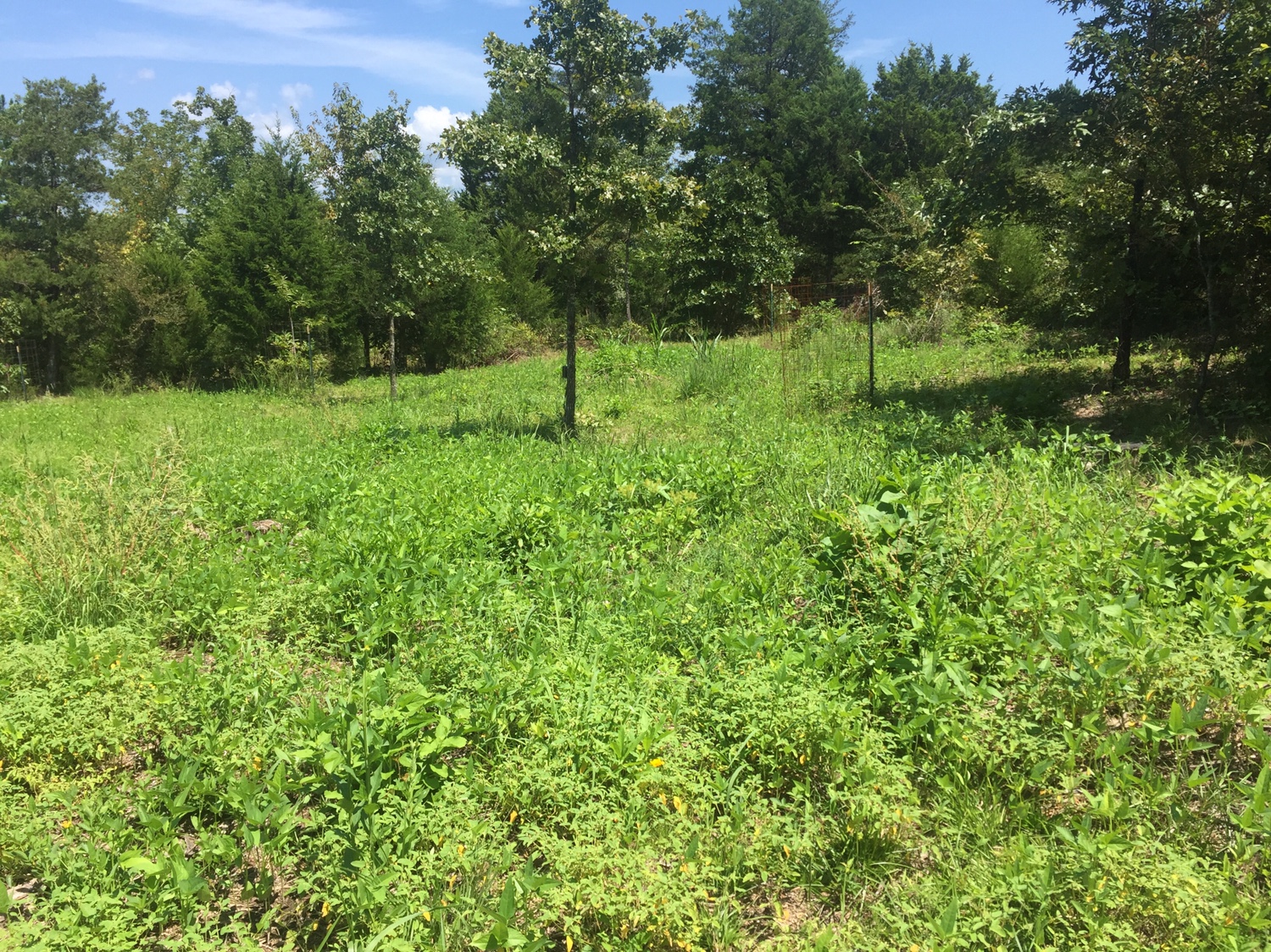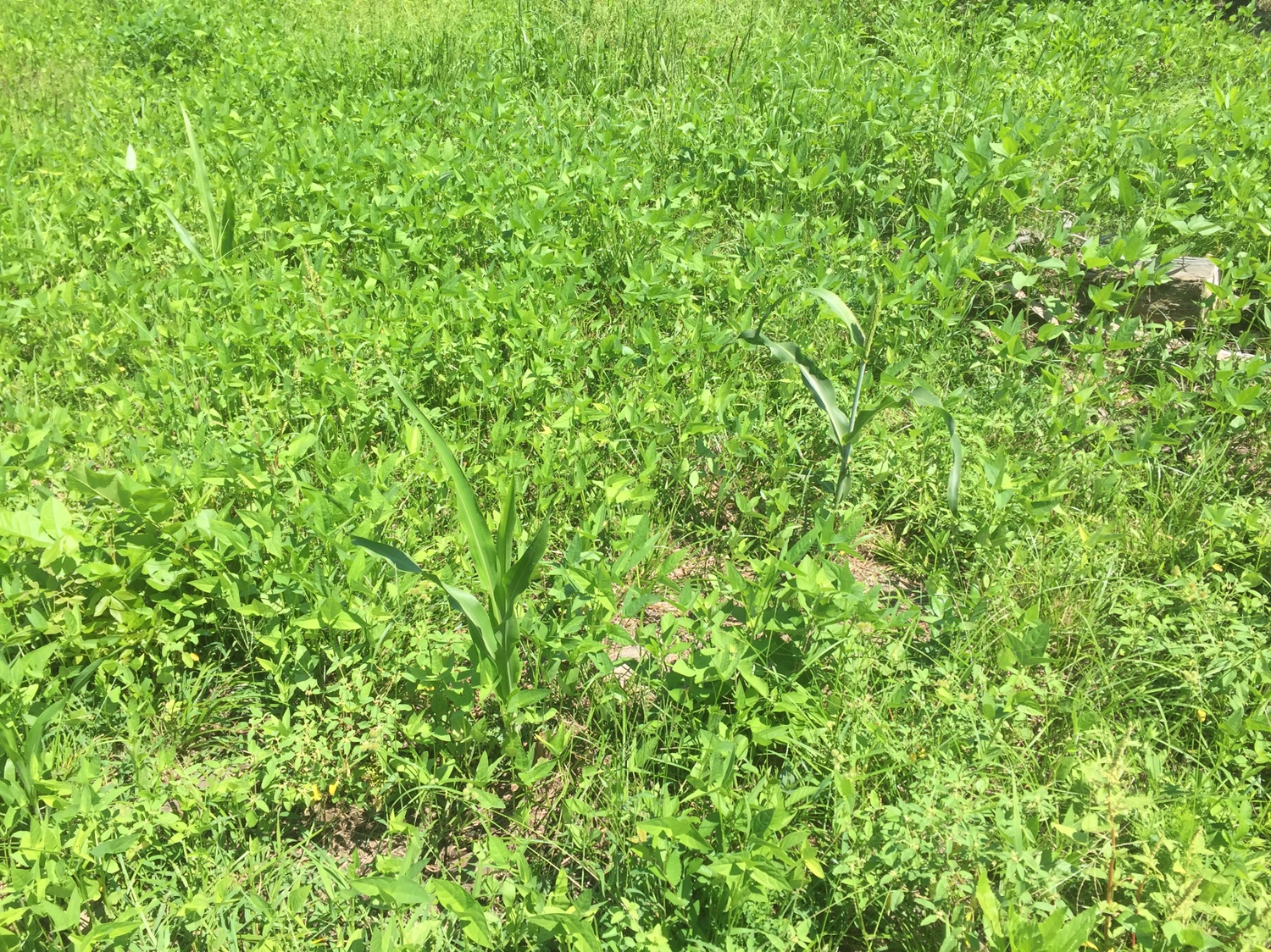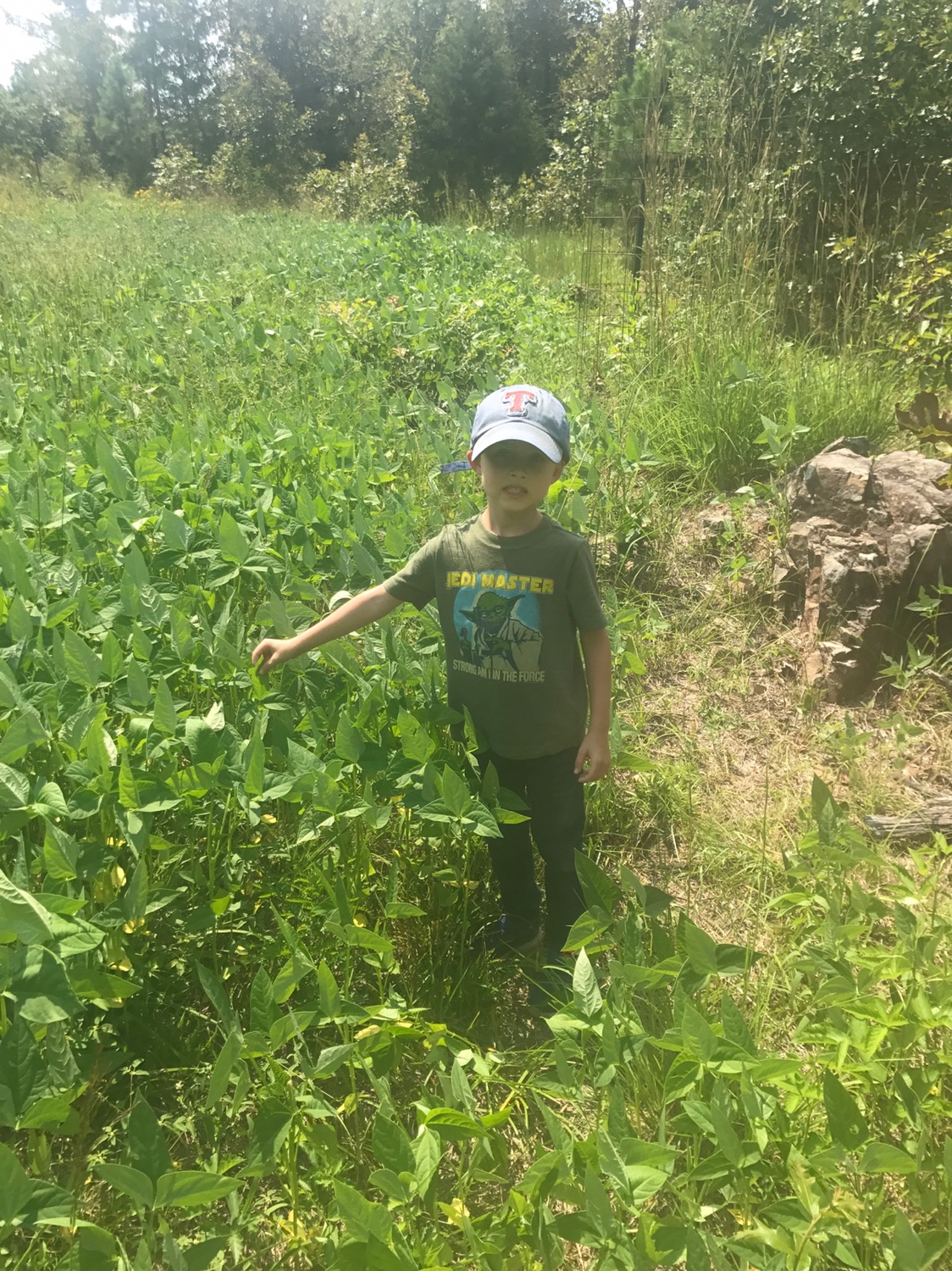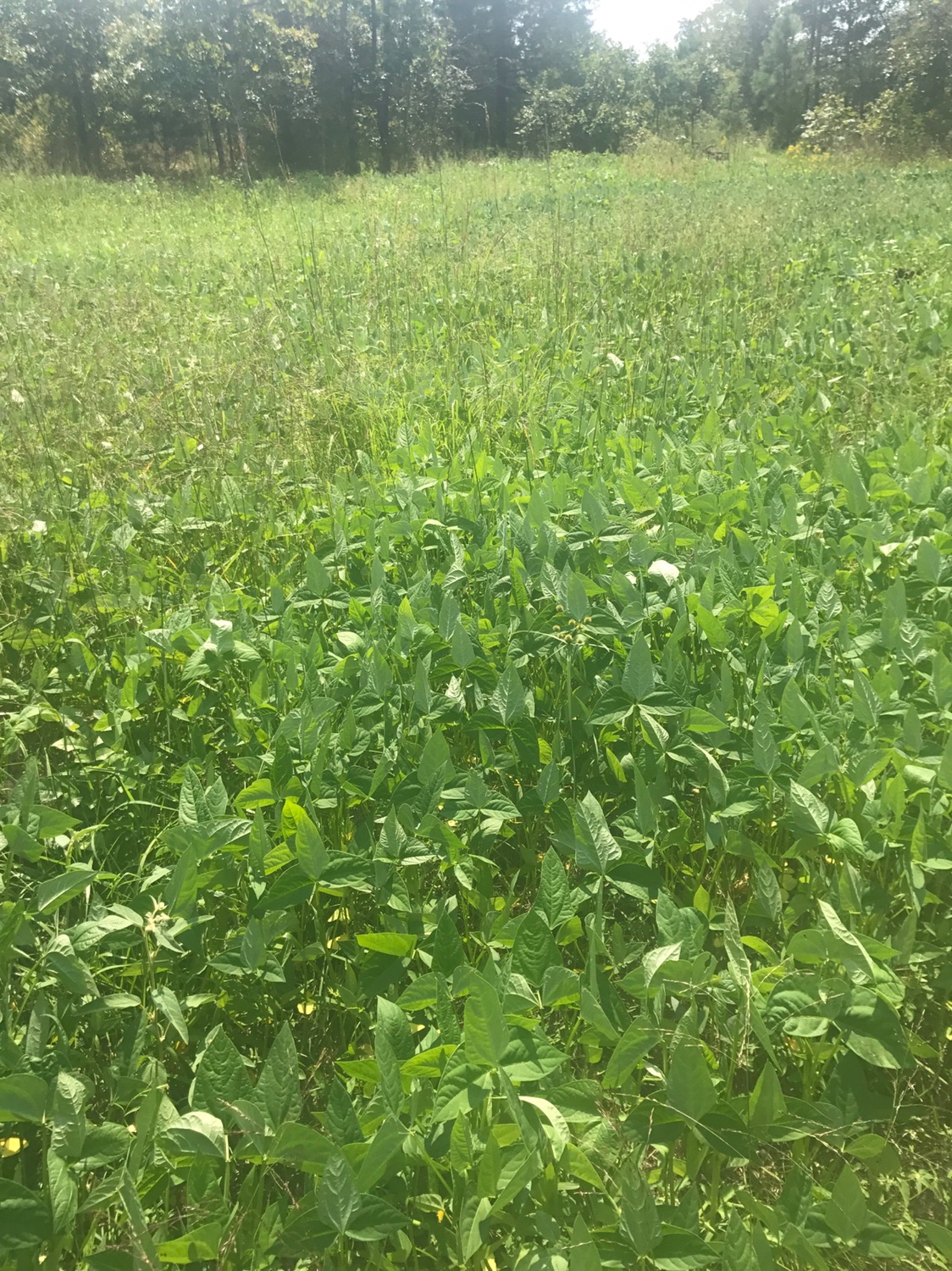Brent
Member
Enjoyed reading through all of your posts. Congratulations on all of your success! That Clover Trio was the first food plot seed I ever planted and I had pretty decent results for it being a BoB seed mix. I also used cereal rye as a nurse crop to help get it established. Your clover should be filling in nicely by now if it hasn't gotten choked or shaded out by the surrounding vegetation. Go in there and mow your plots down and you might be surprised.
As far as the no herbicide rule is concerned I think it is good that your family is concerned about their overall environmental impact. It's something we could all be more aware of. In my opinion, herbicides can be a useful tool when applied correctly. We all know that there is a whole list of arguements and ethics that getting rolled into this conversation that belong in another forum, so let's avoid opening that can of worms.
That being said, you still have several options that you can use to prep for planting. One option is to smother existing plants using tarps, rolls of black plastic, or even cardboard from large appliance boxes. Just make sure to secure them using large rocks, pavers or stakes. It'll take a little while, but it can provide some good results. I've used this method to create flower beds. These same principals can be used around newly planted trees to suppress competing vegetation and act as a moisture barrier.
Another option that you can consider is horticultural vinegar. This stuff doesn't carry any scary labels or reputations, so it may be an easier sell. At 20-30% acidity it is stronger than the 5% stuff you can buy at the grocery store, and obviously more potent. Best time to apply it is on a hot sunny day with no rain in the forecast. The hotter the better. Use a backpack sprayer and treat it as you would any other herbicide. You'll see leaves begin to brown and wilt within a few hours. One of the downsides is that it only top-kills most vegetation, so you will likely see reemergence in the future. I've never personally used it on a food plot or garden, but we have used it at work to prep sensitive riparian areas for tree planting. I personally have concerns that after repeated use it could increase soil acidity, so it will be important for you to perform regular soil tests to monitor your pH and adjust as needed (which you should be doing anyways if you plan to plot). I've considered creating a small test plot, taking a soil sample, spraying with vinegar, and resampling a few weeks after application to see how much of an affect it has on the soil. Maybe it'll give this a shot soon.
Once you have a plot established there are several things you can do to reduce weed competition. Mowing, cover crops, crop rotation and plant ID are all things that you will need to focus on. Also, consider the fact that a majority of a deer's diet is composed of native browse even in rich ag areas. Many of those pesky "weeds" (as long as they are not invasive) could be adding additional browse and diversity to your plot.
As far as the no herbicide rule is concerned I think it is good that your family is concerned about their overall environmental impact. It's something we could all be more aware of. In my opinion, herbicides can be a useful tool when applied correctly. We all know that there is a whole list of arguements and ethics that getting rolled into this conversation that belong in another forum, so let's avoid opening that can of worms.
That being said, you still have several options that you can use to prep for planting. One option is to smother existing plants using tarps, rolls of black plastic, or even cardboard from large appliance boxes. Just make sure to secure them using large rocks, pavers or stakes. It'll take a little while, but it can provide some good results. I've used this method to create flower beds. These same principals can be used around newly planted trees to suppress competing vegetation and act as a moisture barrier.
Another option that you can consider is horticultural vinegar. This stuff doesn't carry any scary labels or reputations, so it may be an easier sell. At 20-30% acidity it is stronger than the 5% stuff you can buy at the grocery store, and obviously more potent. Best time to apply it is on a hot sunny day with no rain in the forecast. The hotter the better. Use a backpack sprayer and treat it as you would any other herbicide. You'll see leaves begin to brown and wilt within a few hours. One of the downsides is that it only top-kills most vegetation, so you will likely see reemergence in the future. I've never personally used it on a food plot or garden, but we have used it at work to prep sensitive riparian areas for tree planting. I personally have concerns that after repeated use it could increase soil acidity, so it will be important for you to perform regular soil tests to monitor your pH and adjust as needed (which you should be doing anyways if you plan to plot). I've considered creating a small test plot, taking a soil sample, spraying with vinegar, and resampling a few weeks after application to see how much of an affect it has on the soil. Maybe it'll give this a shot soon.
Once you have a plot established there are several things you can do to reduce weed competition. Mowing, cover crops, crop rotation and plant ID are all things that you will need to focus on. Also, consider the fact that a majority of a deer's diet is composed of native browse even in rich ag areas. Many of those pesky "weeds" (as long as they are not invasive) could be adding additional browse and diversity to your plot.
Last edited:

